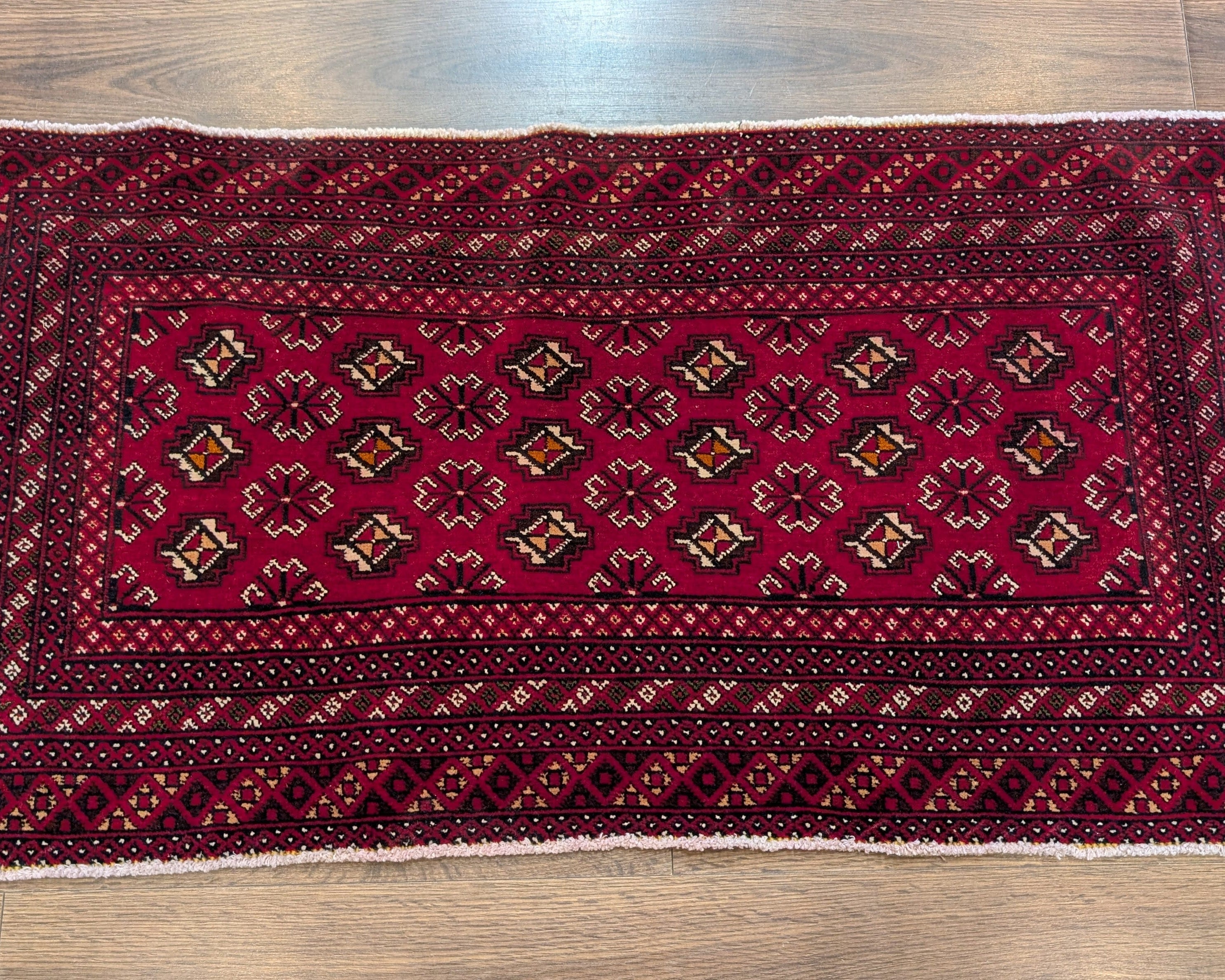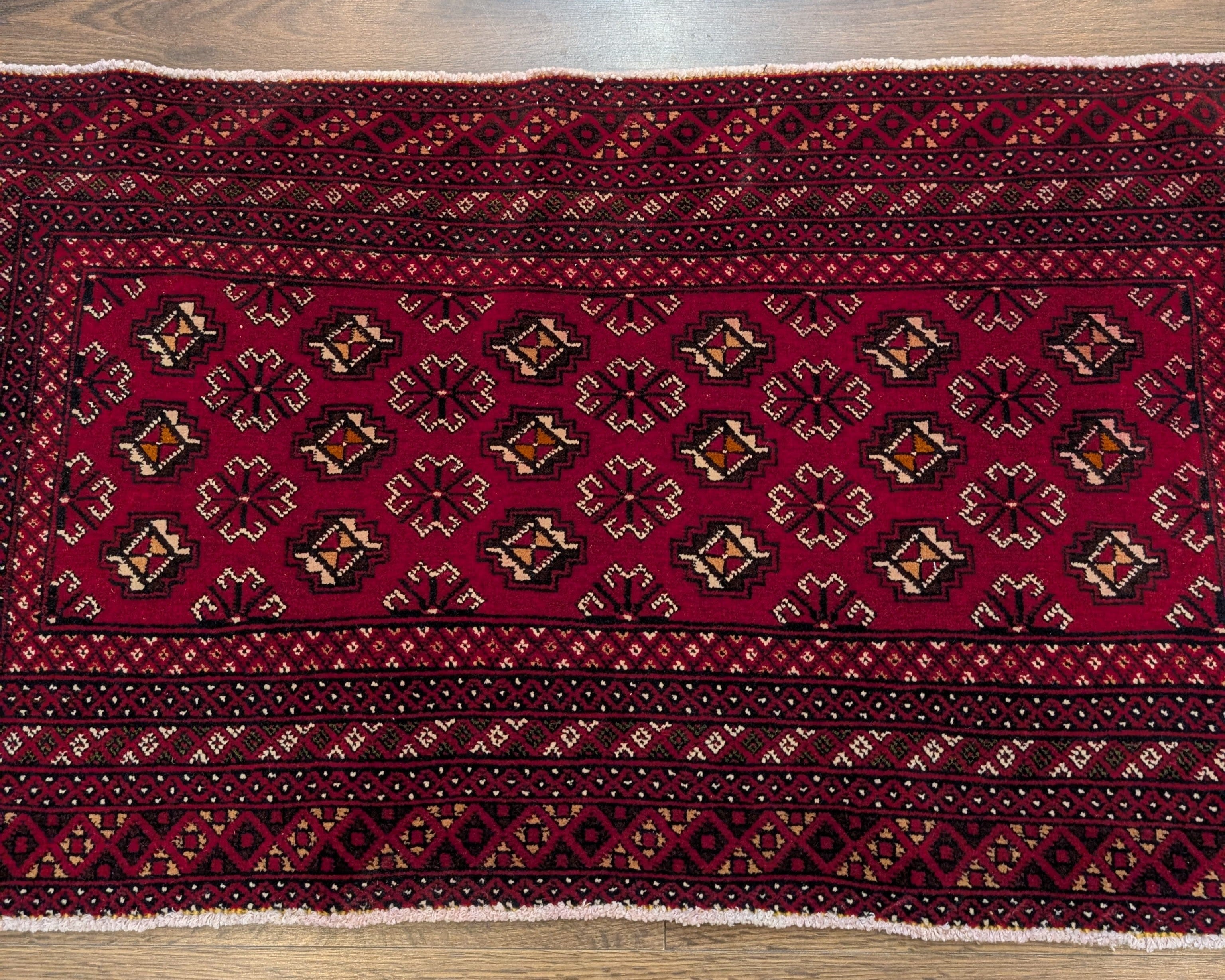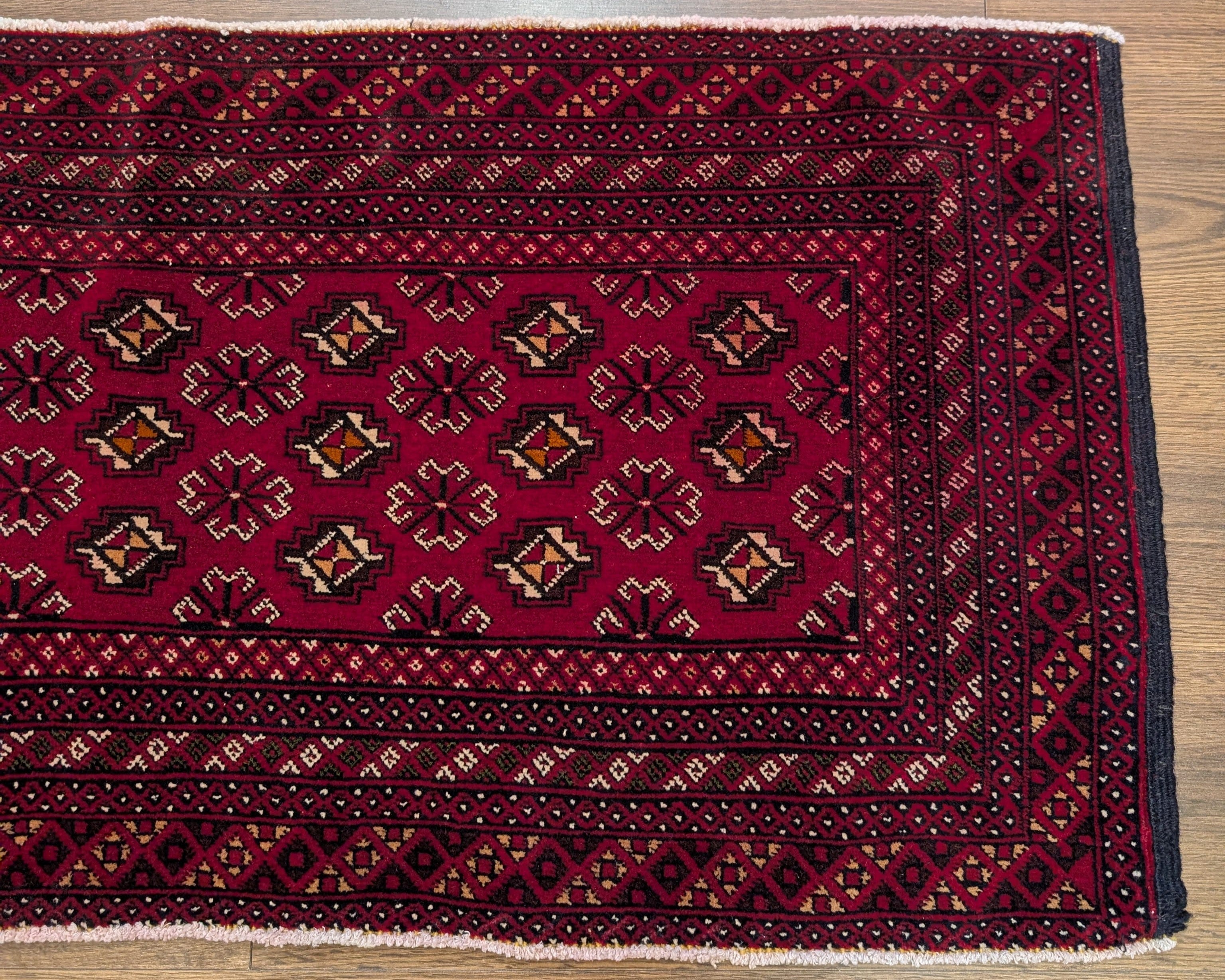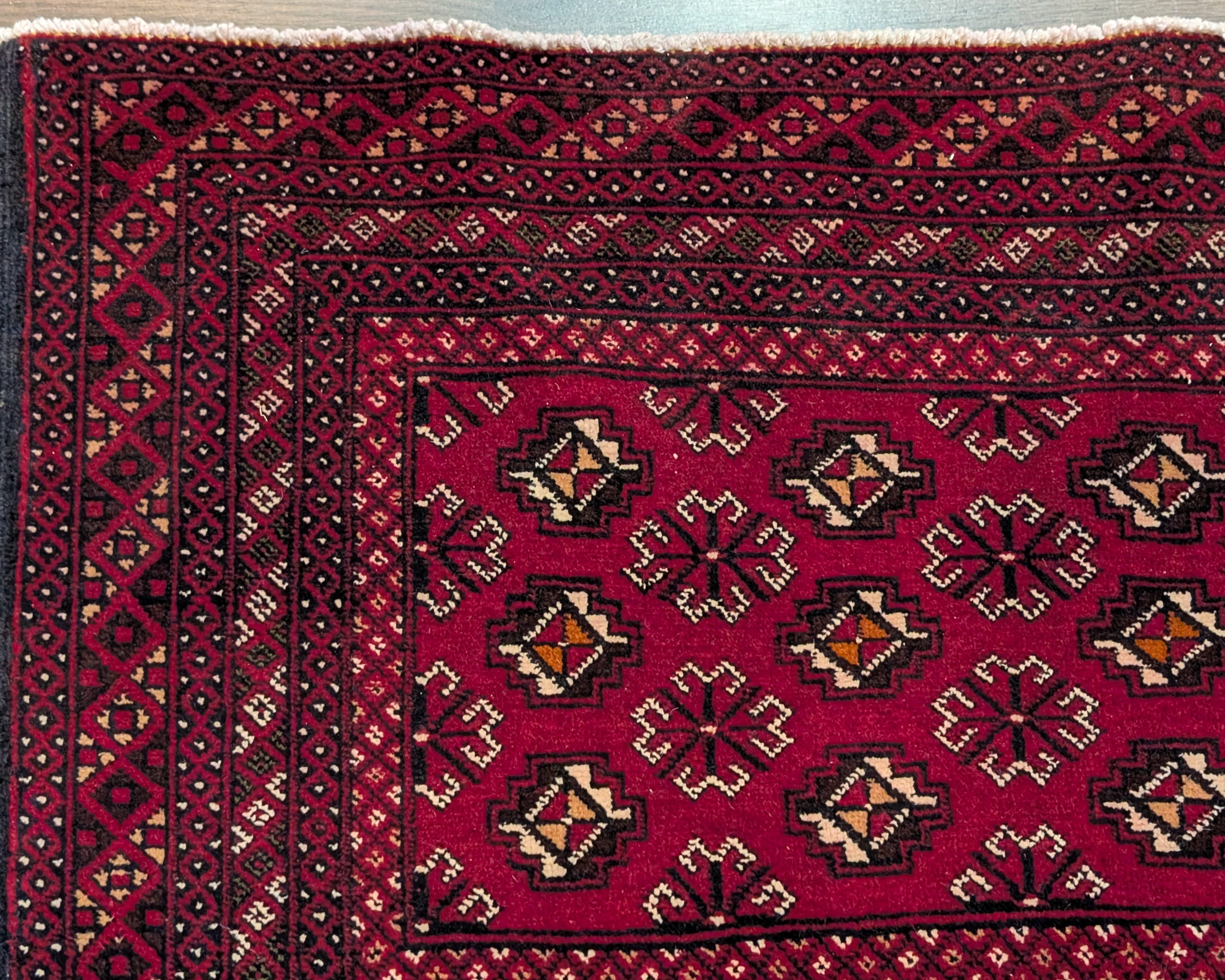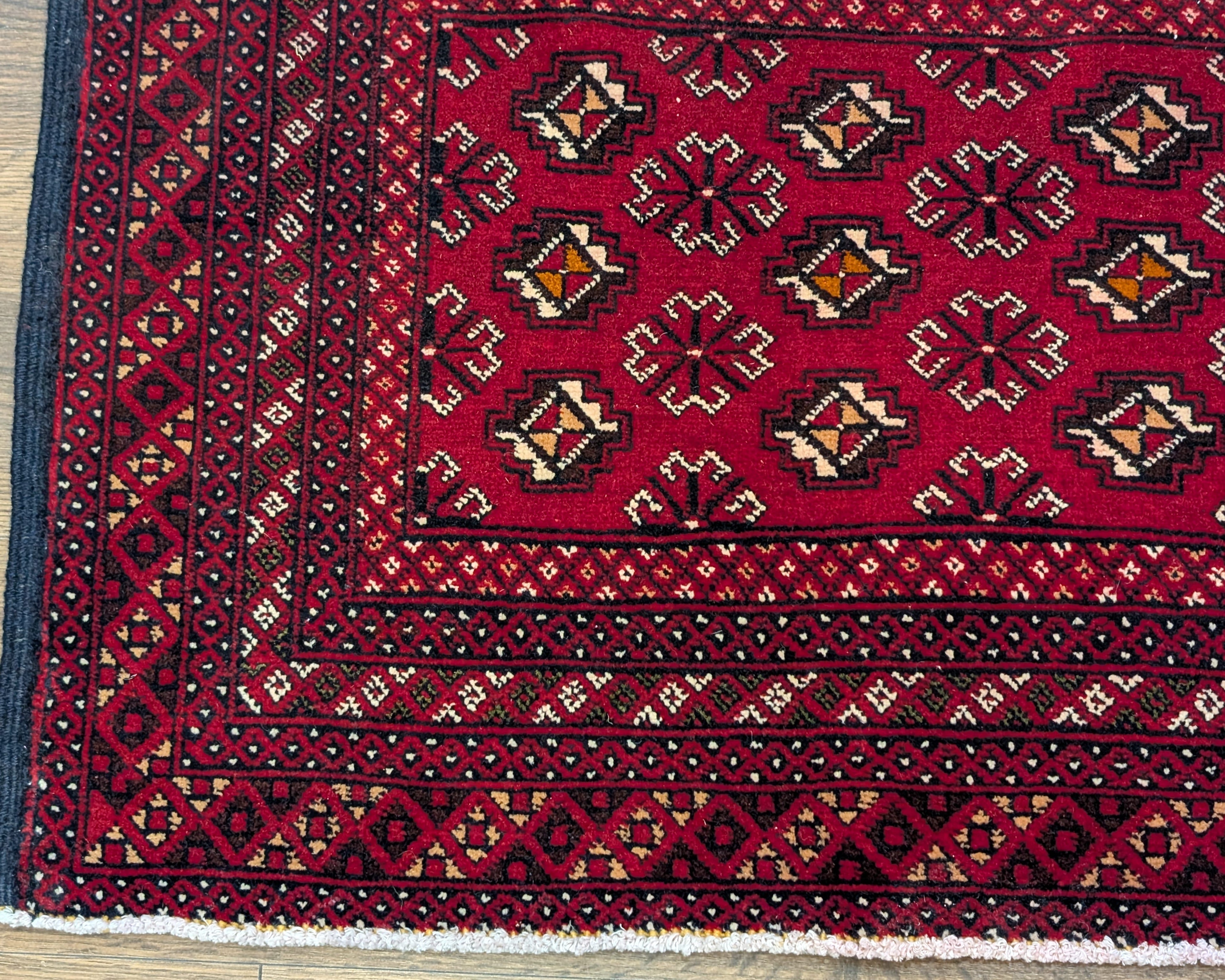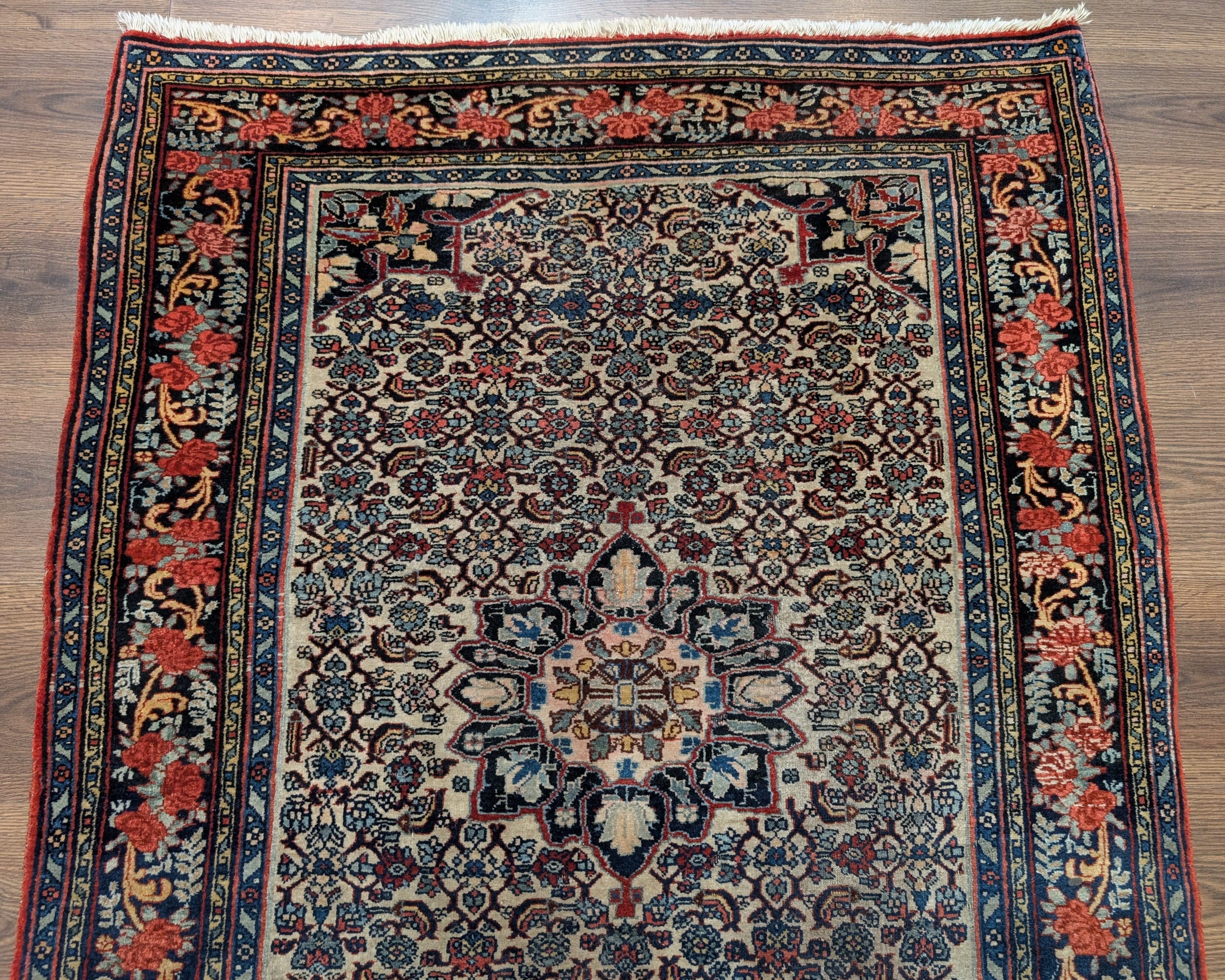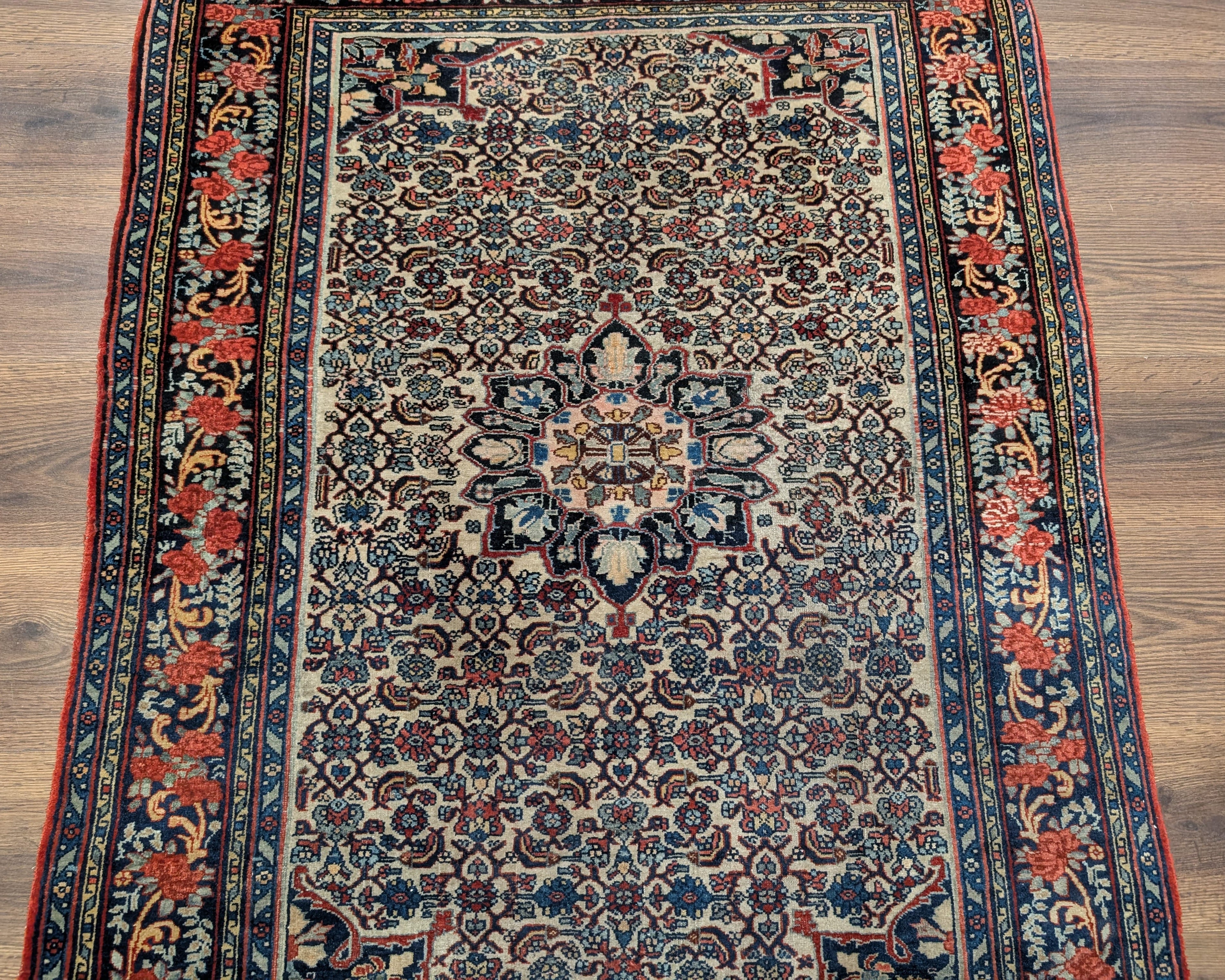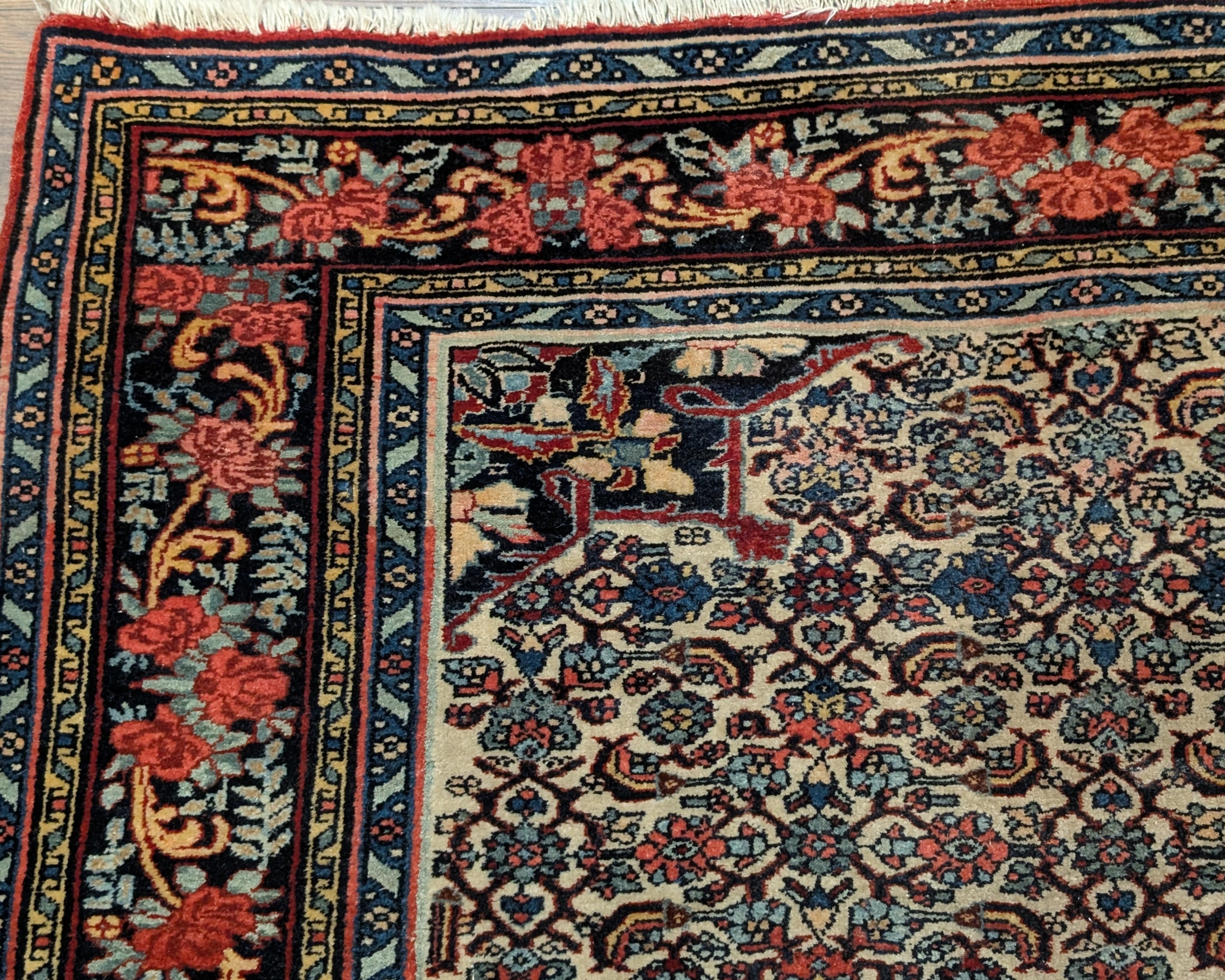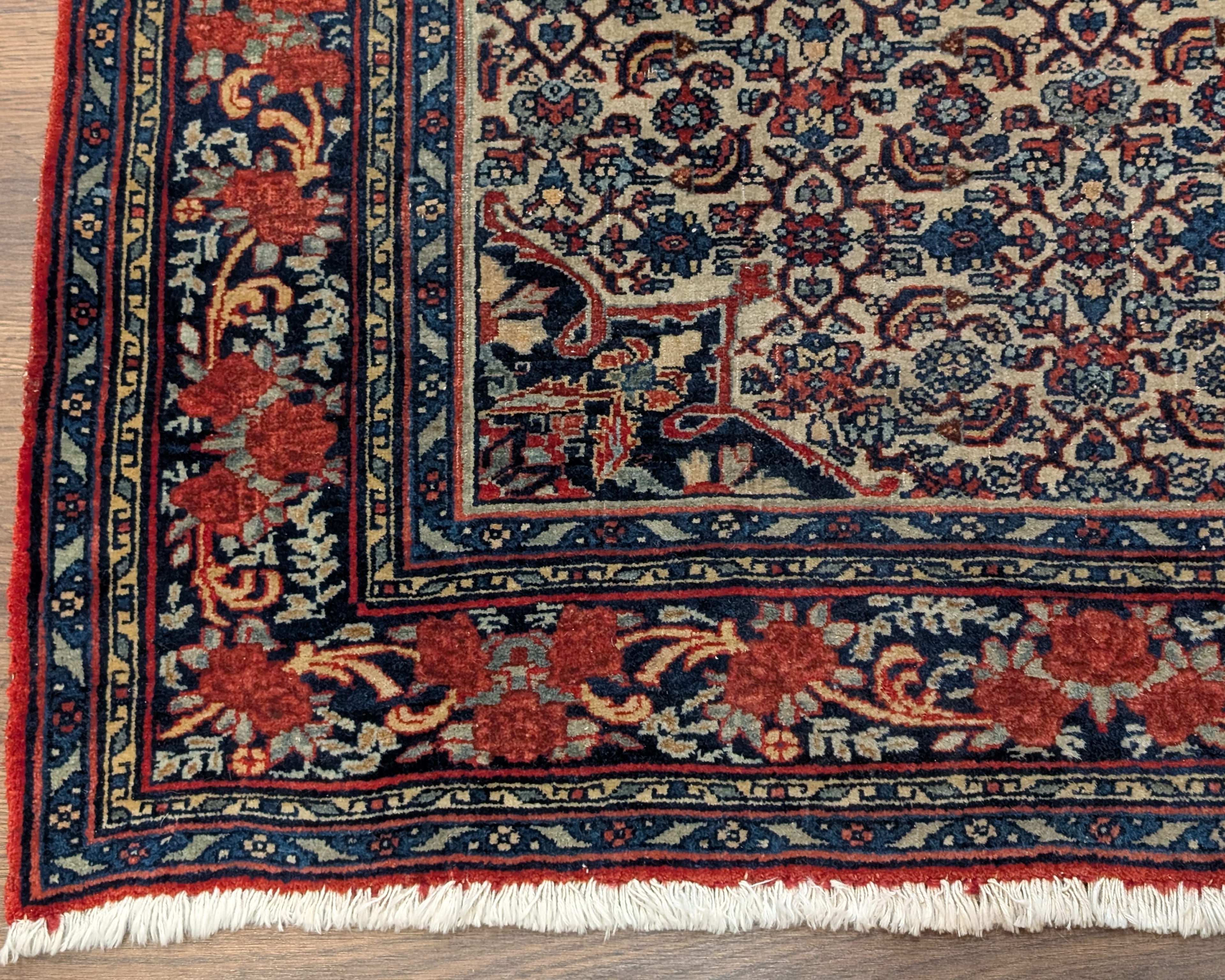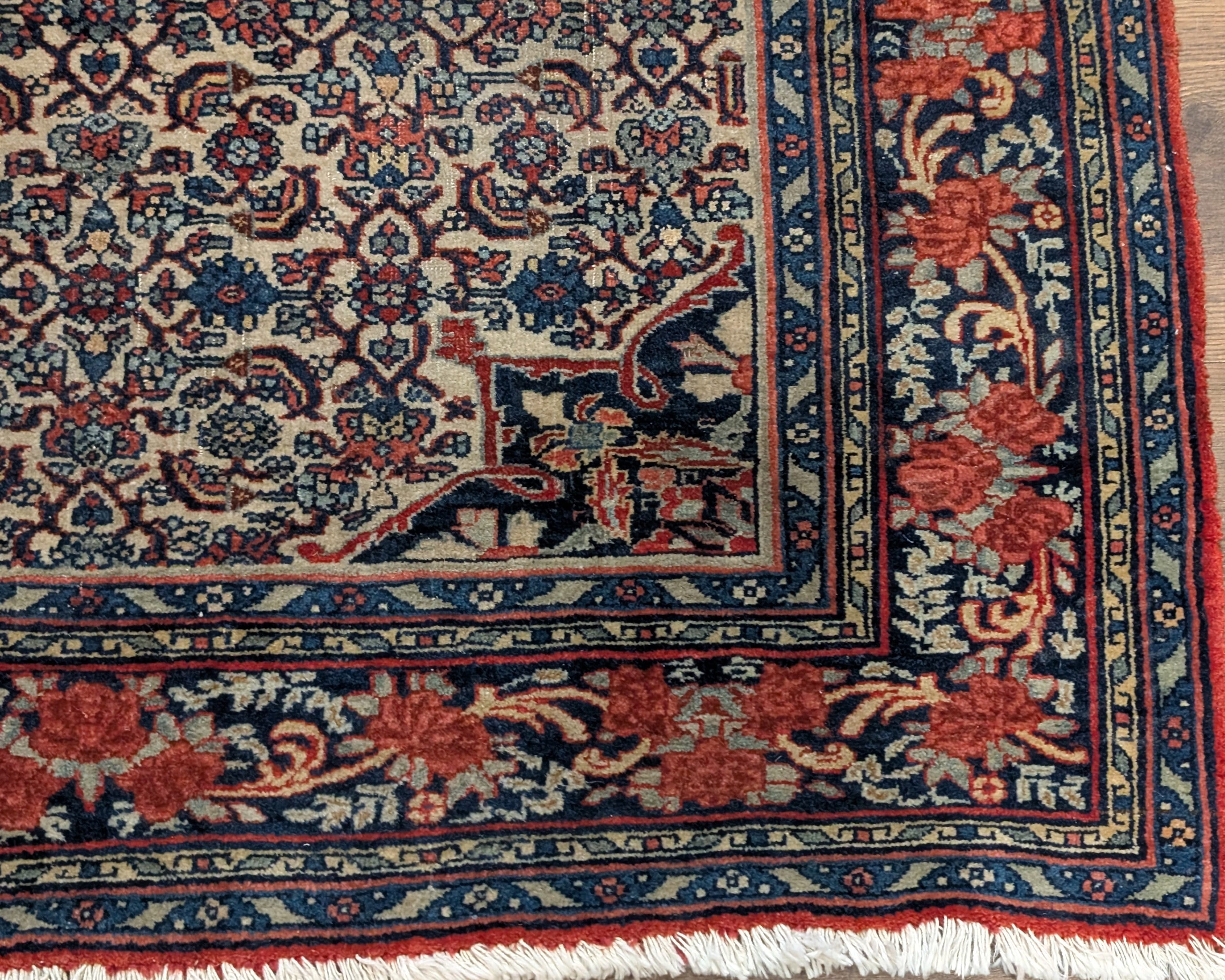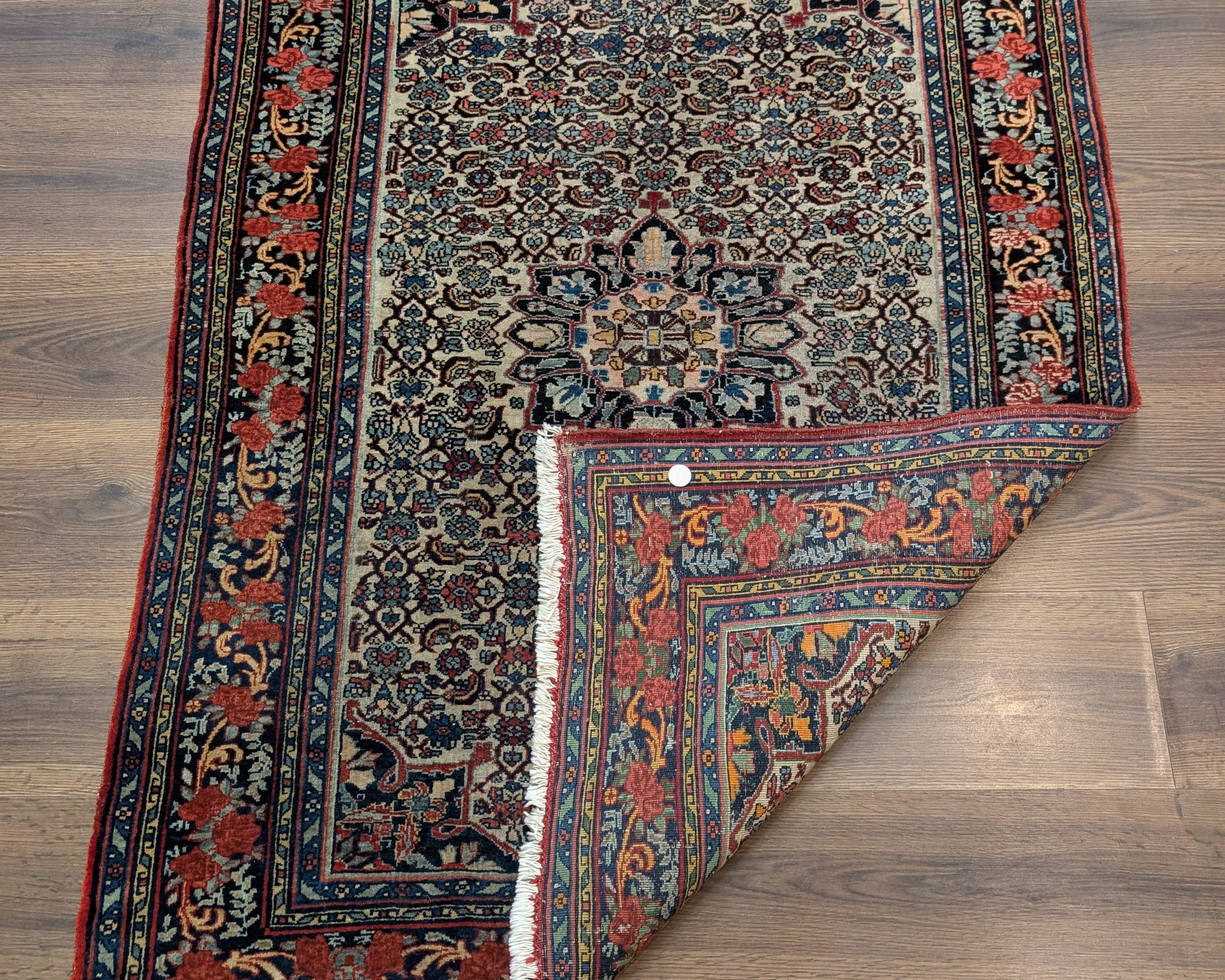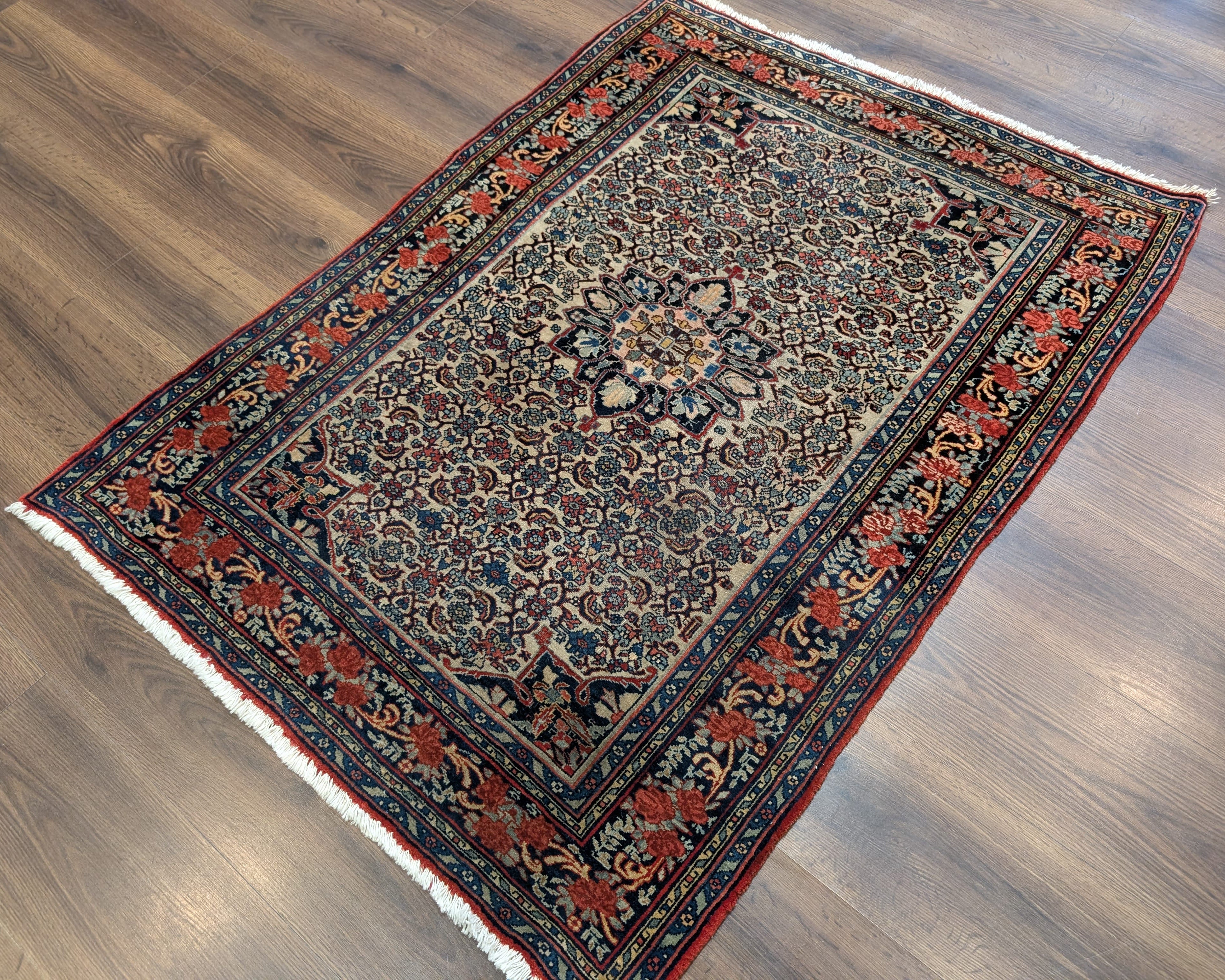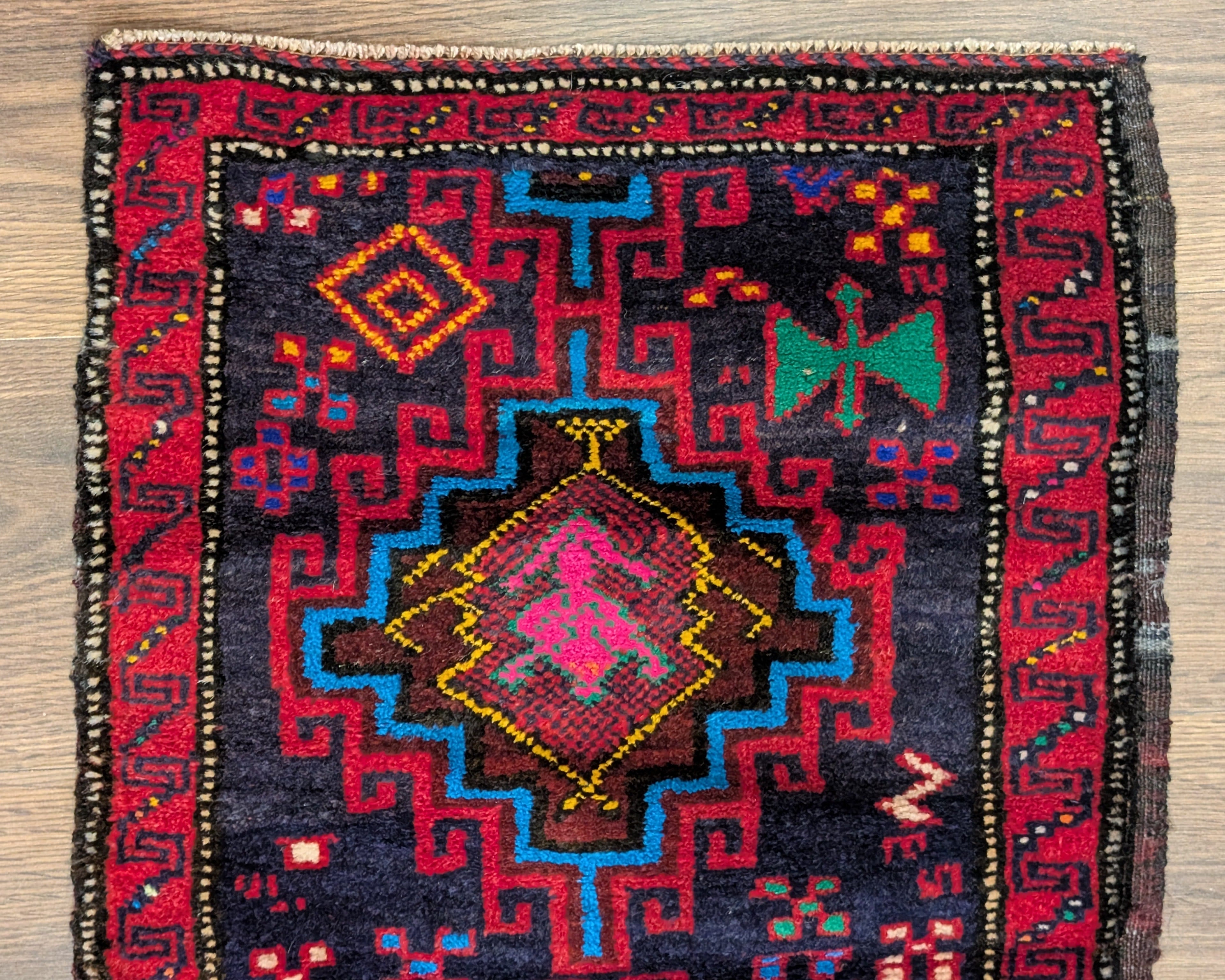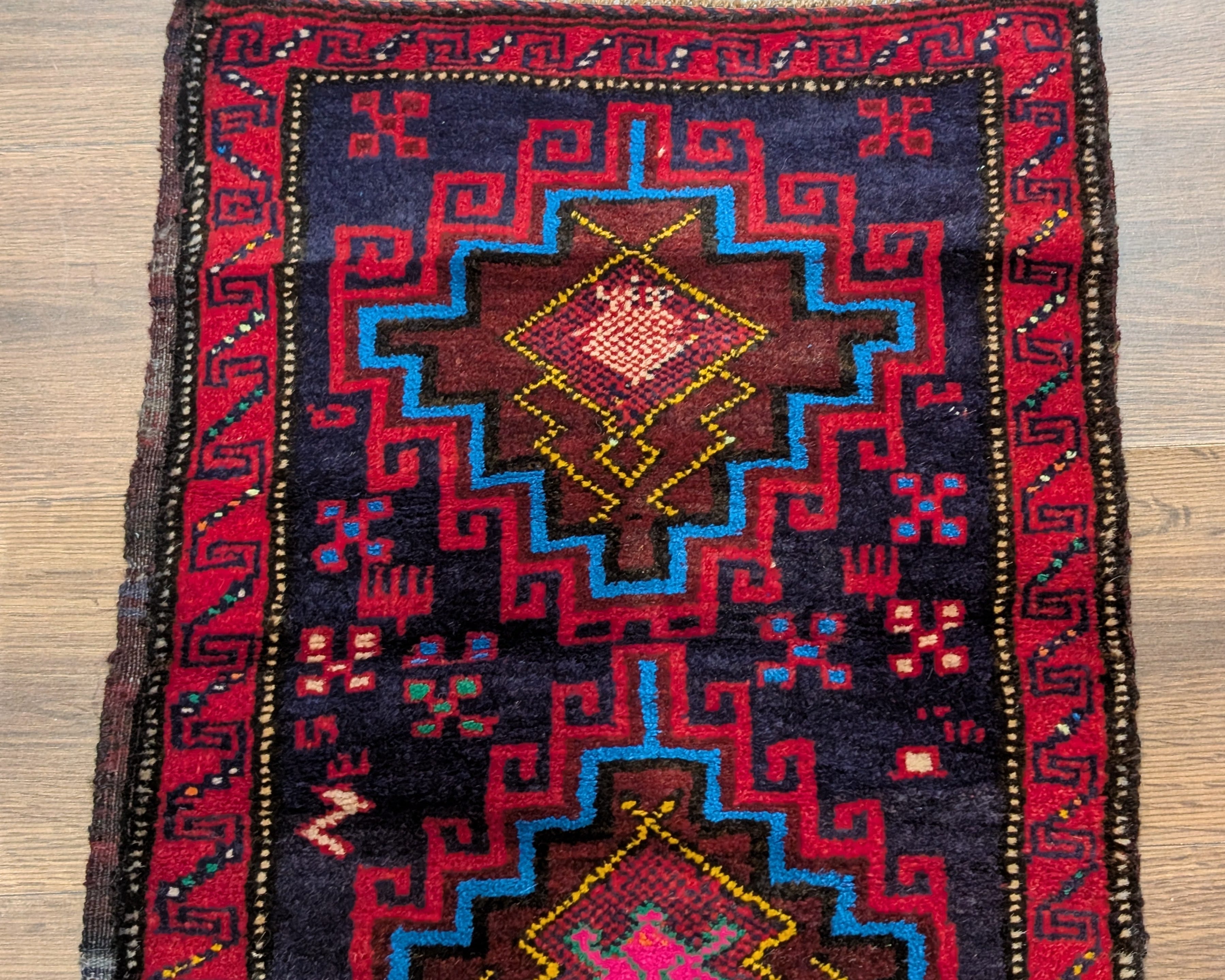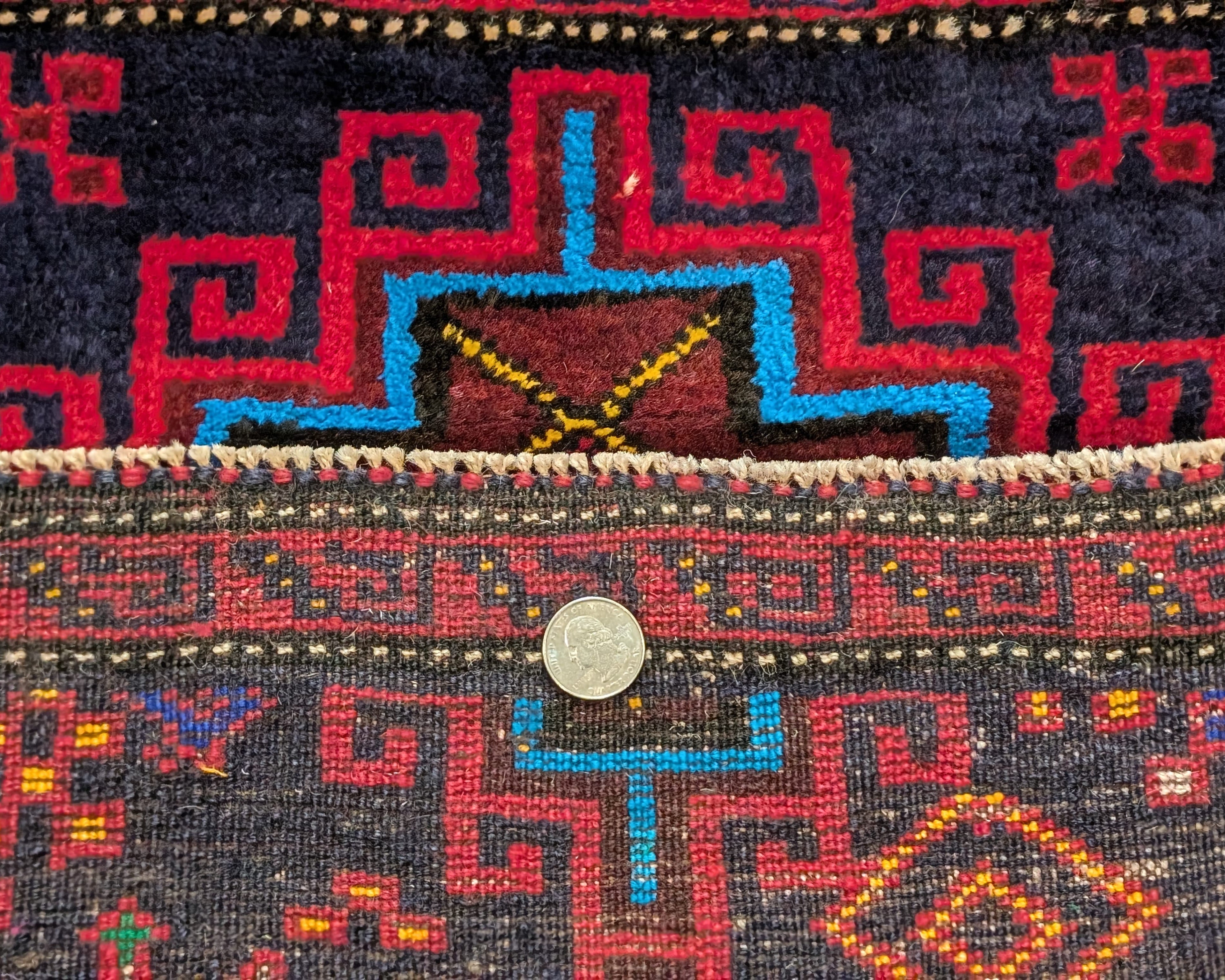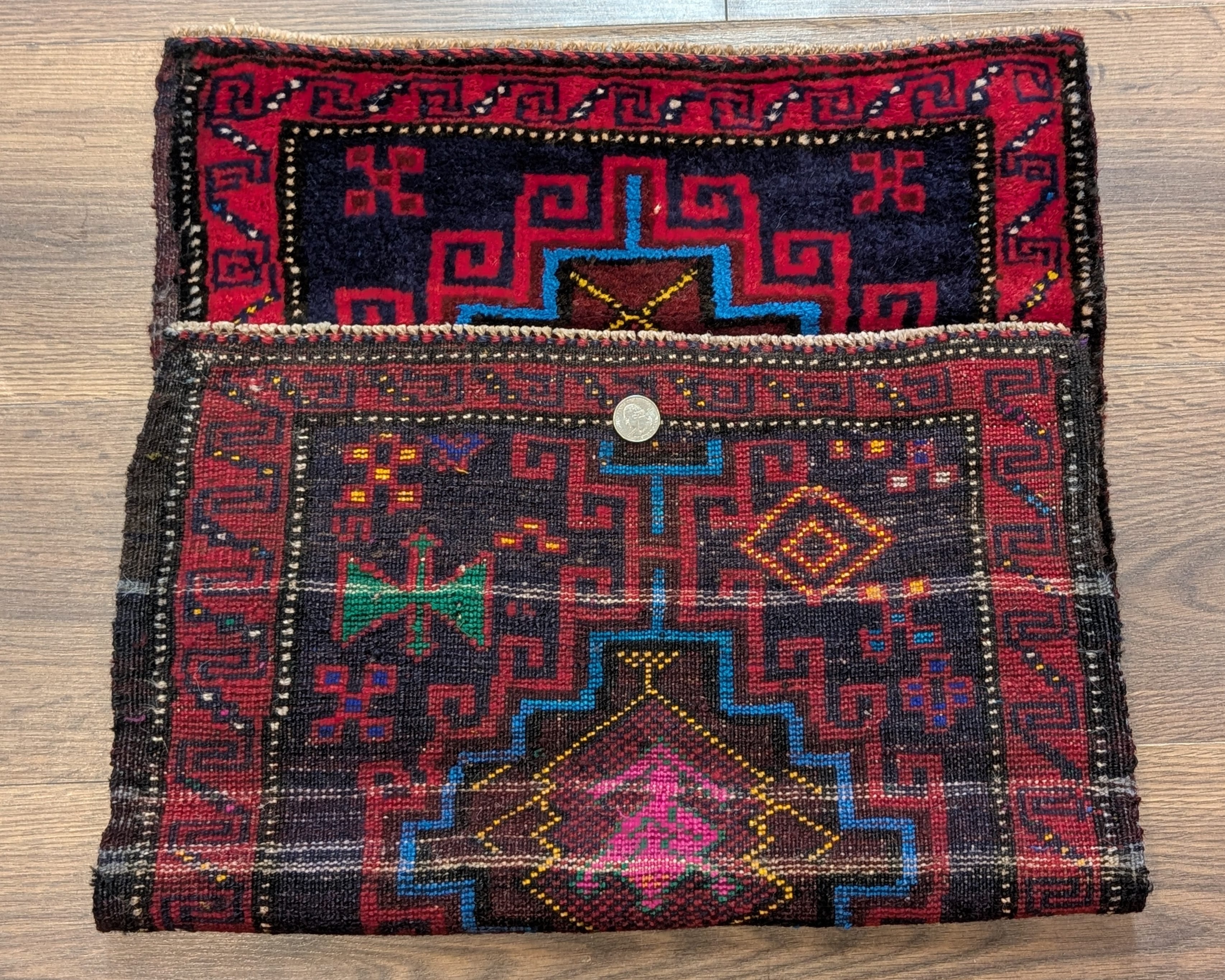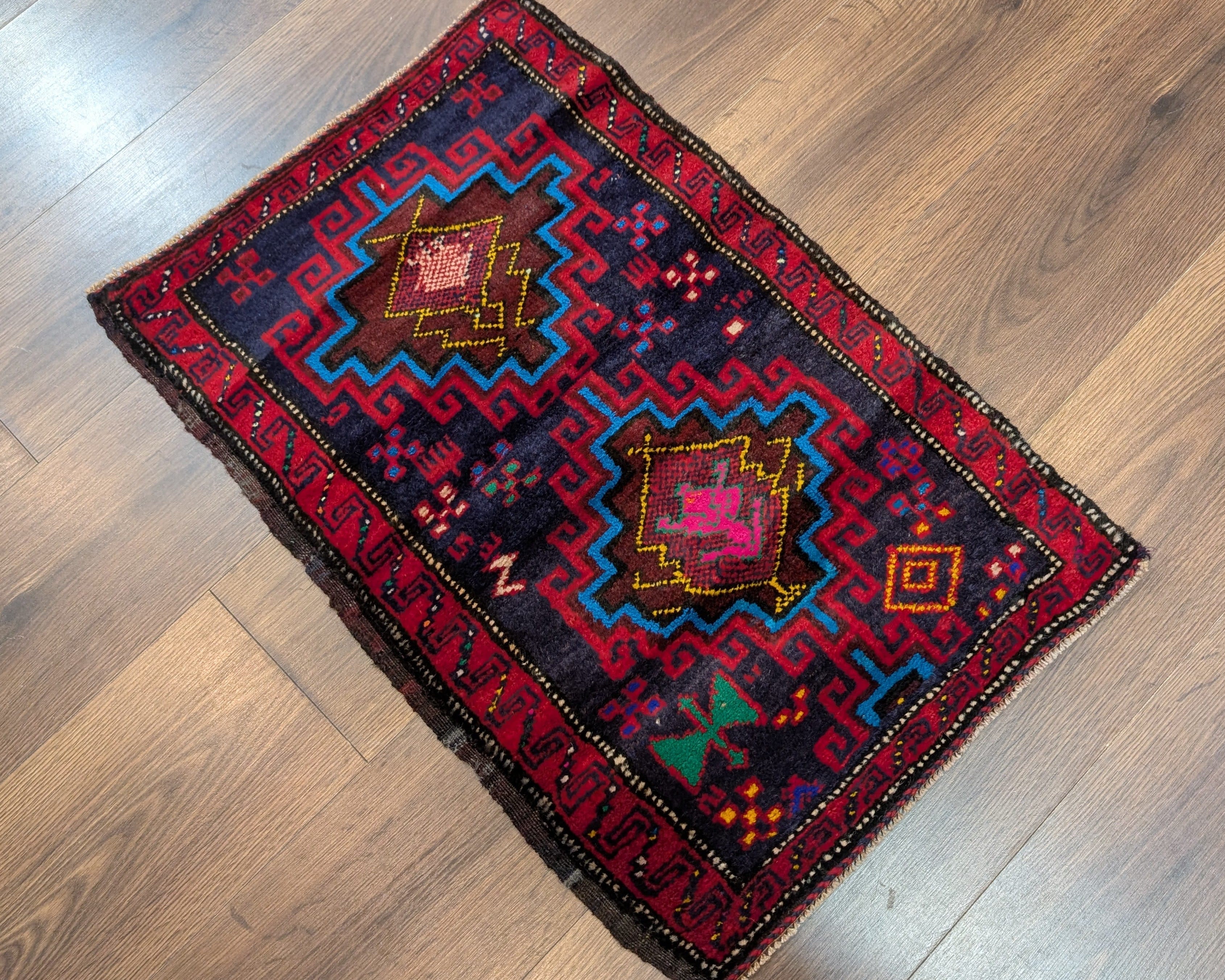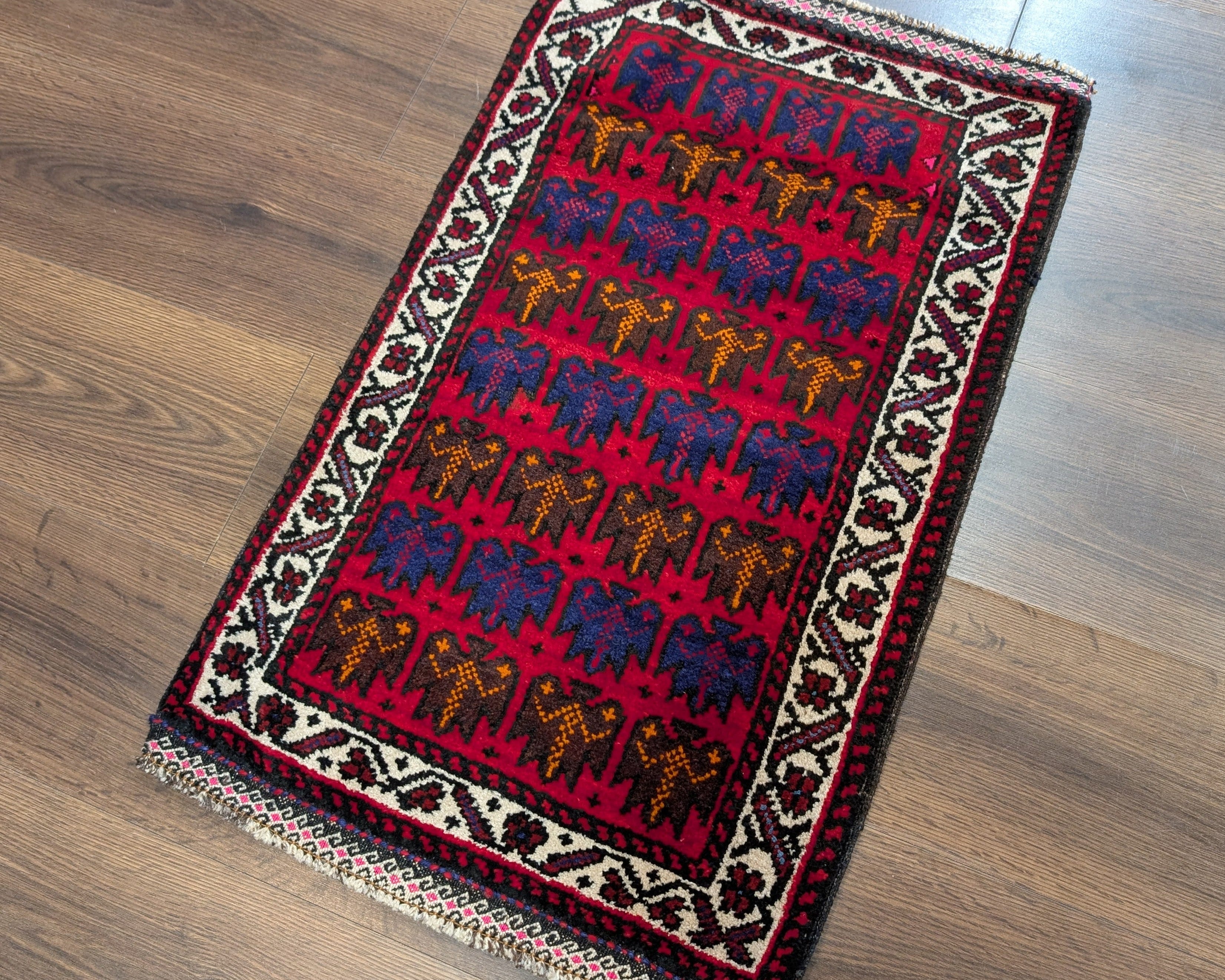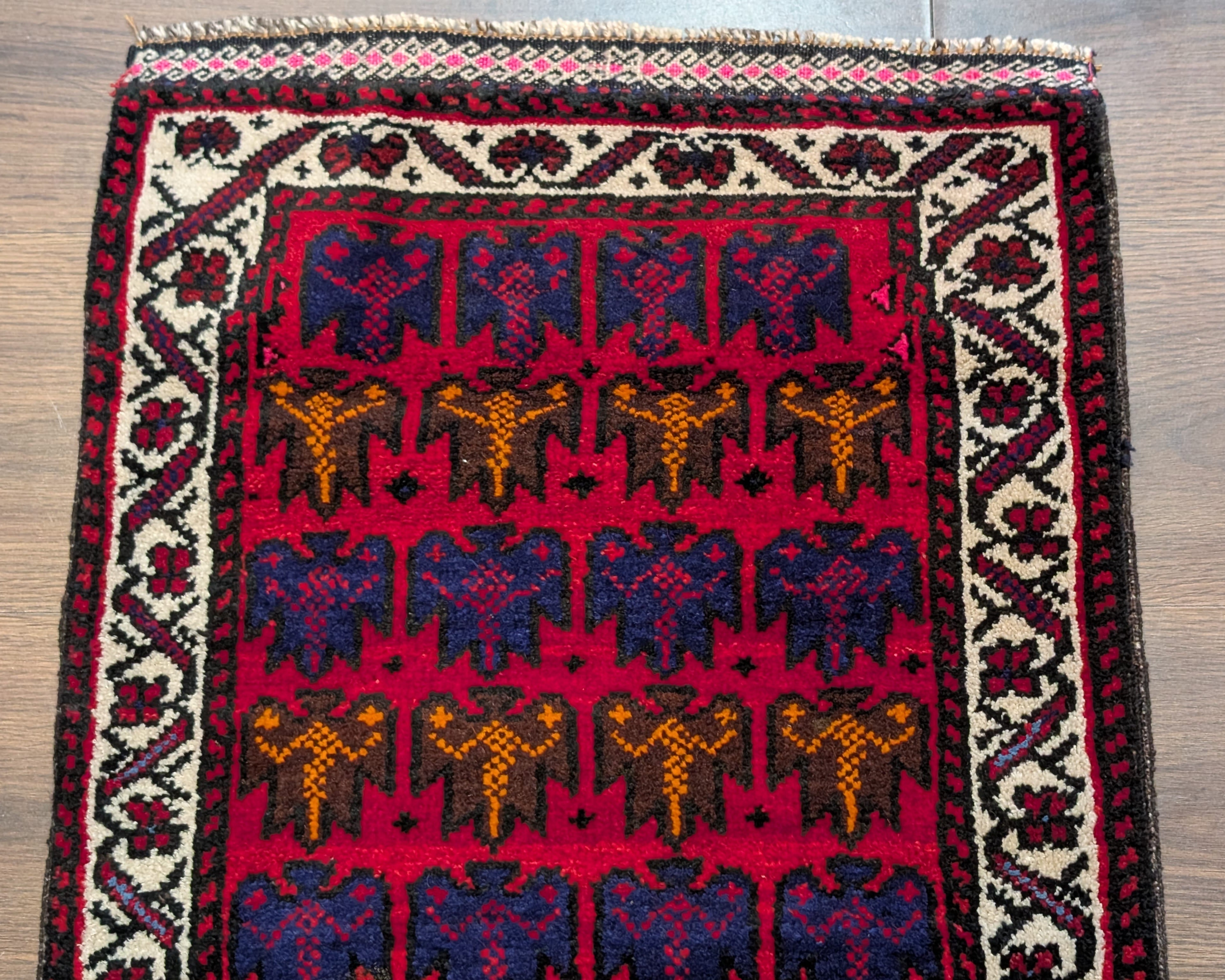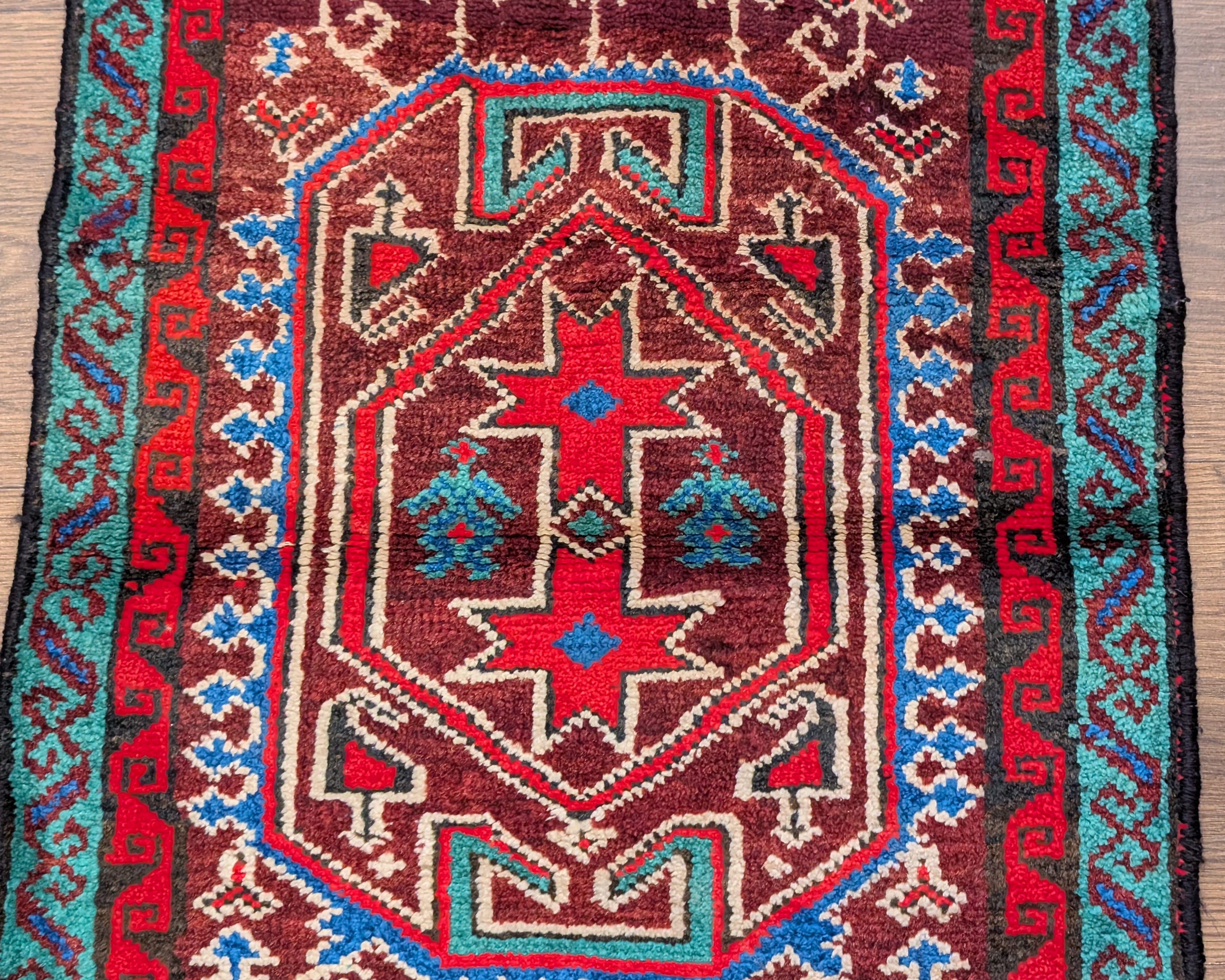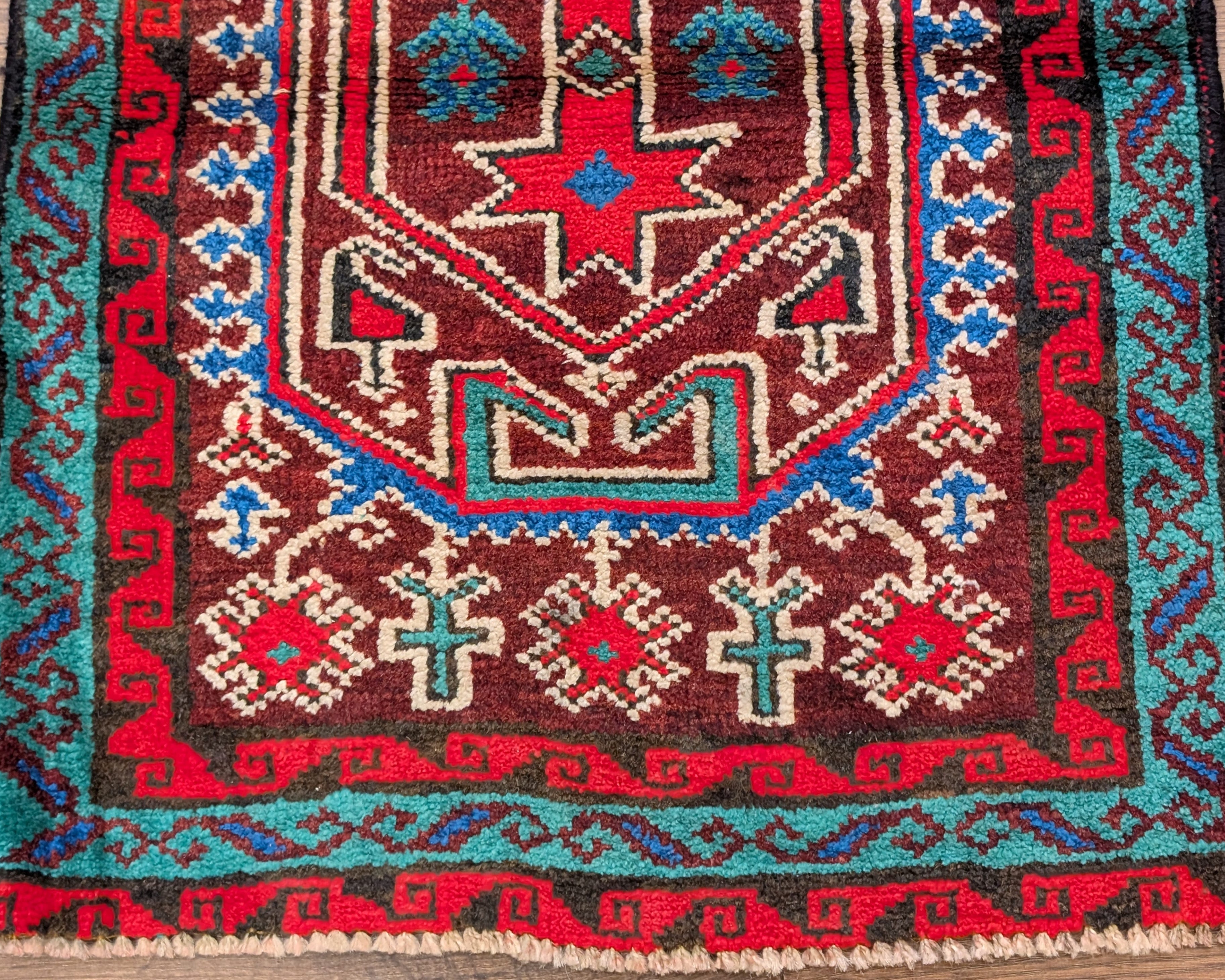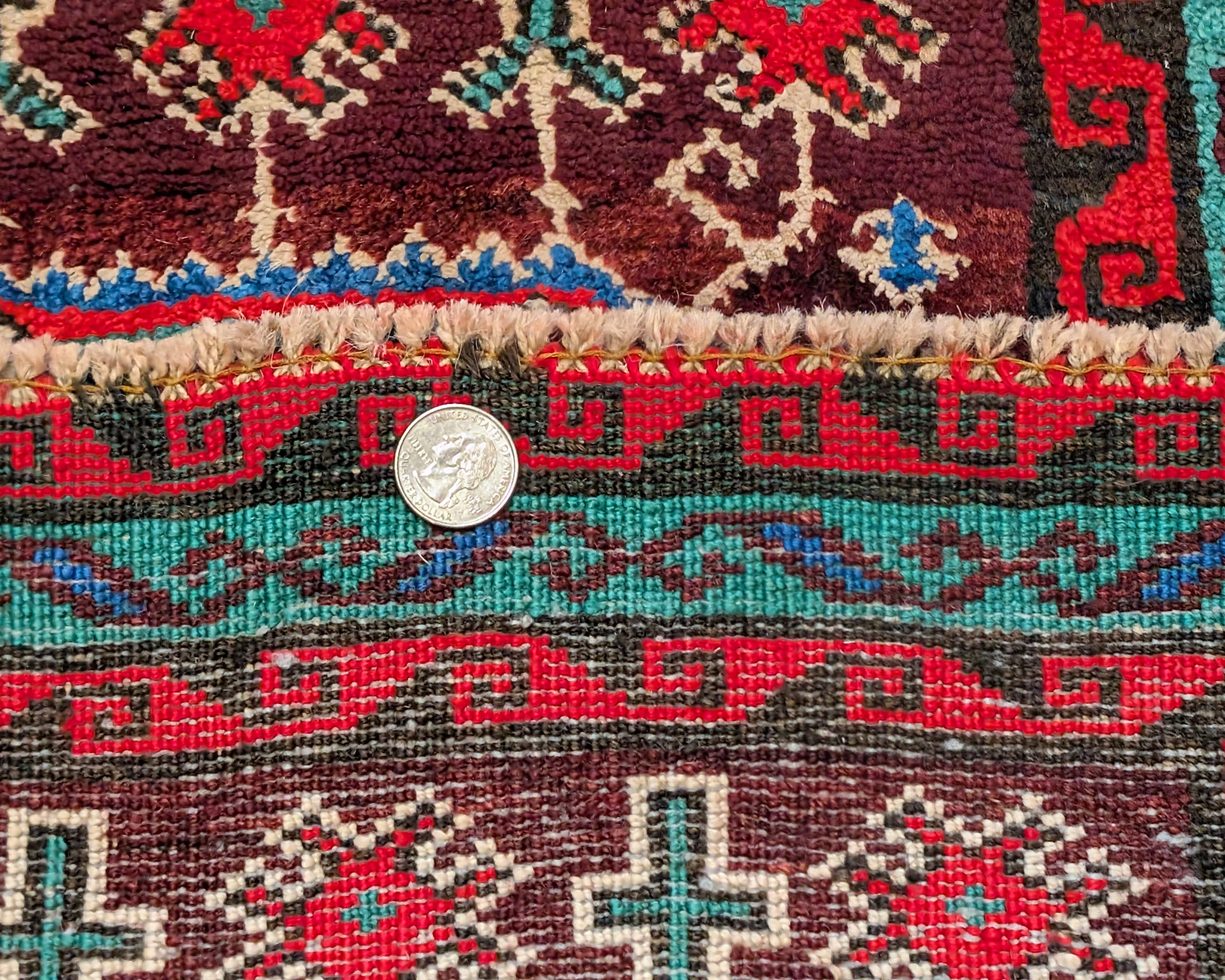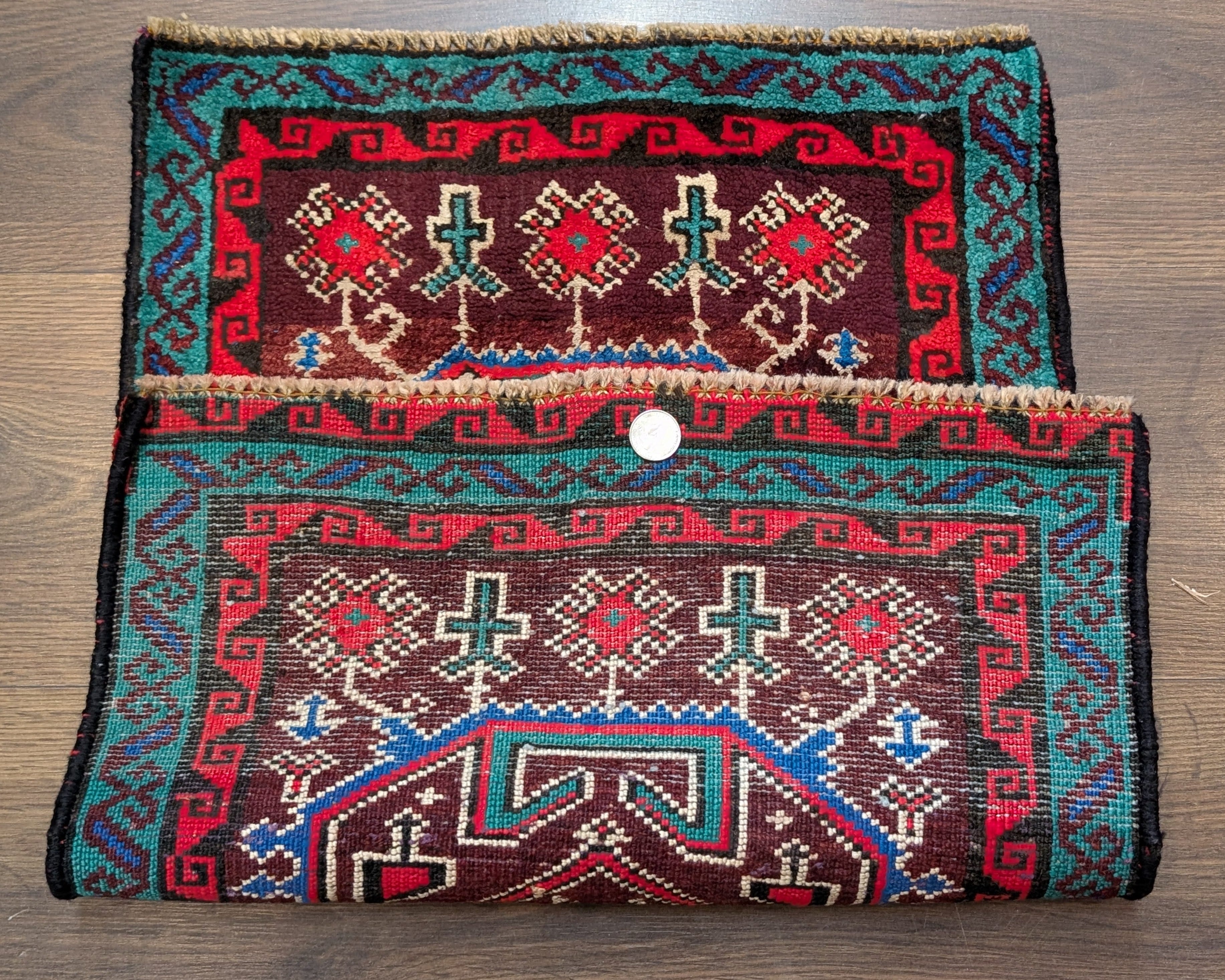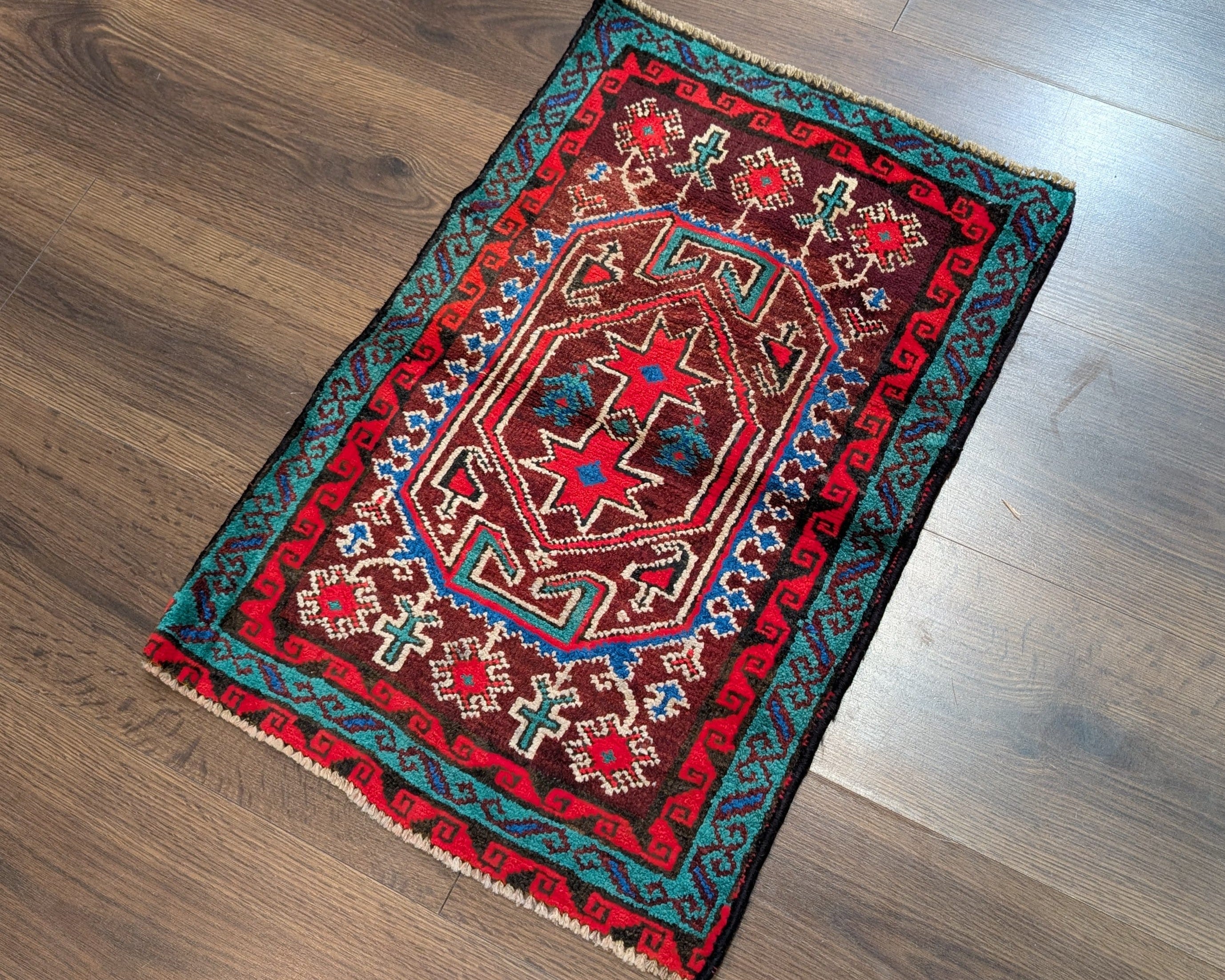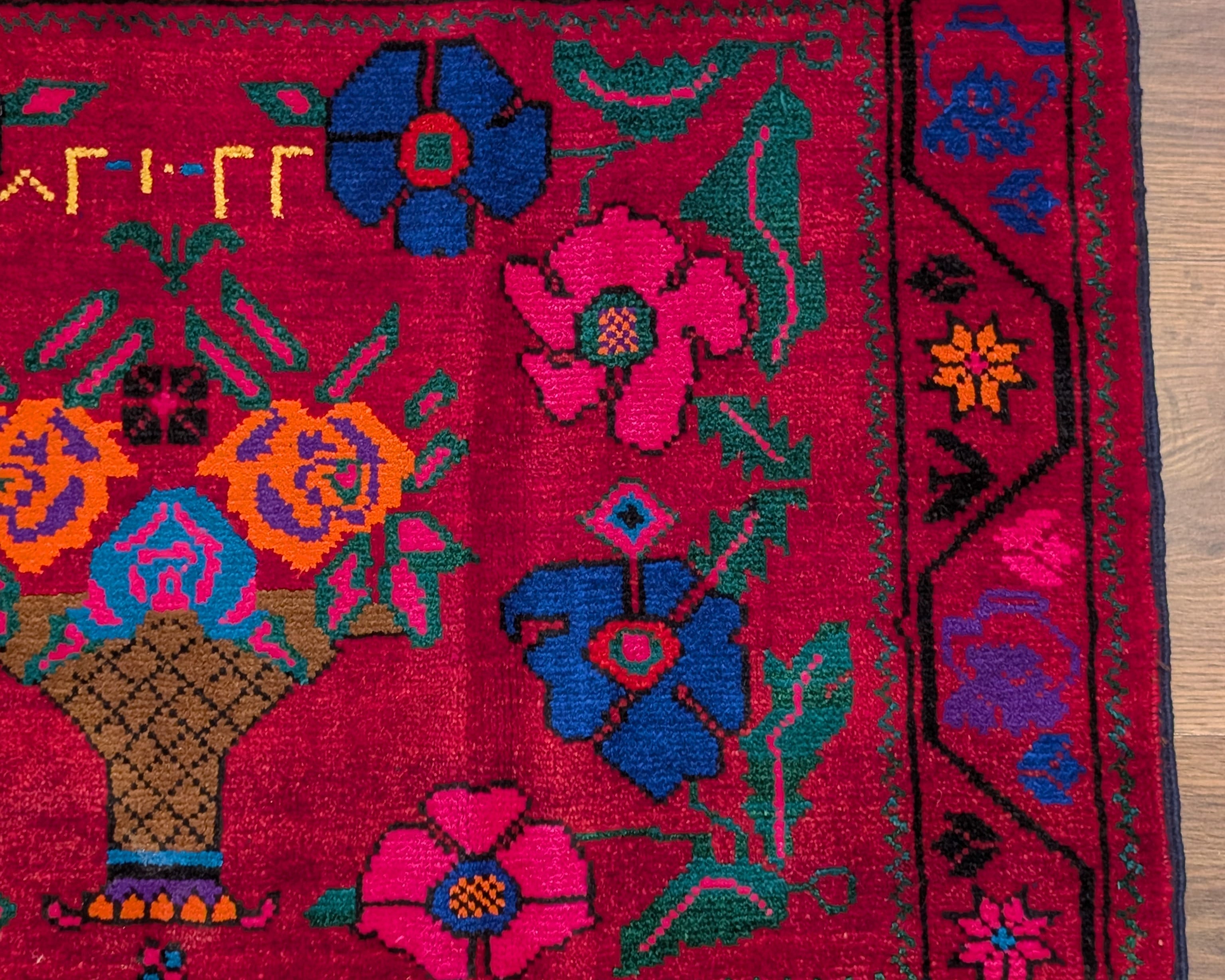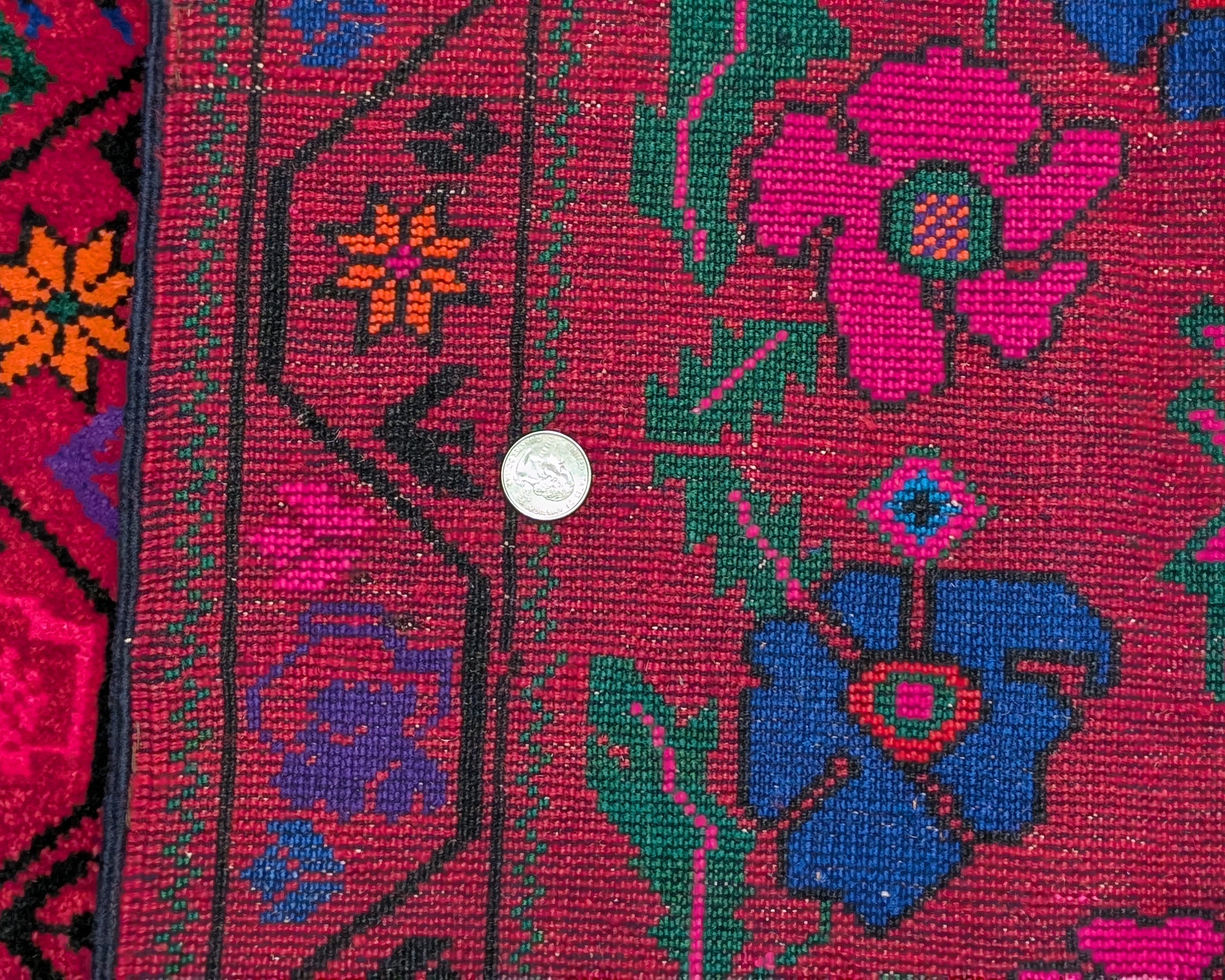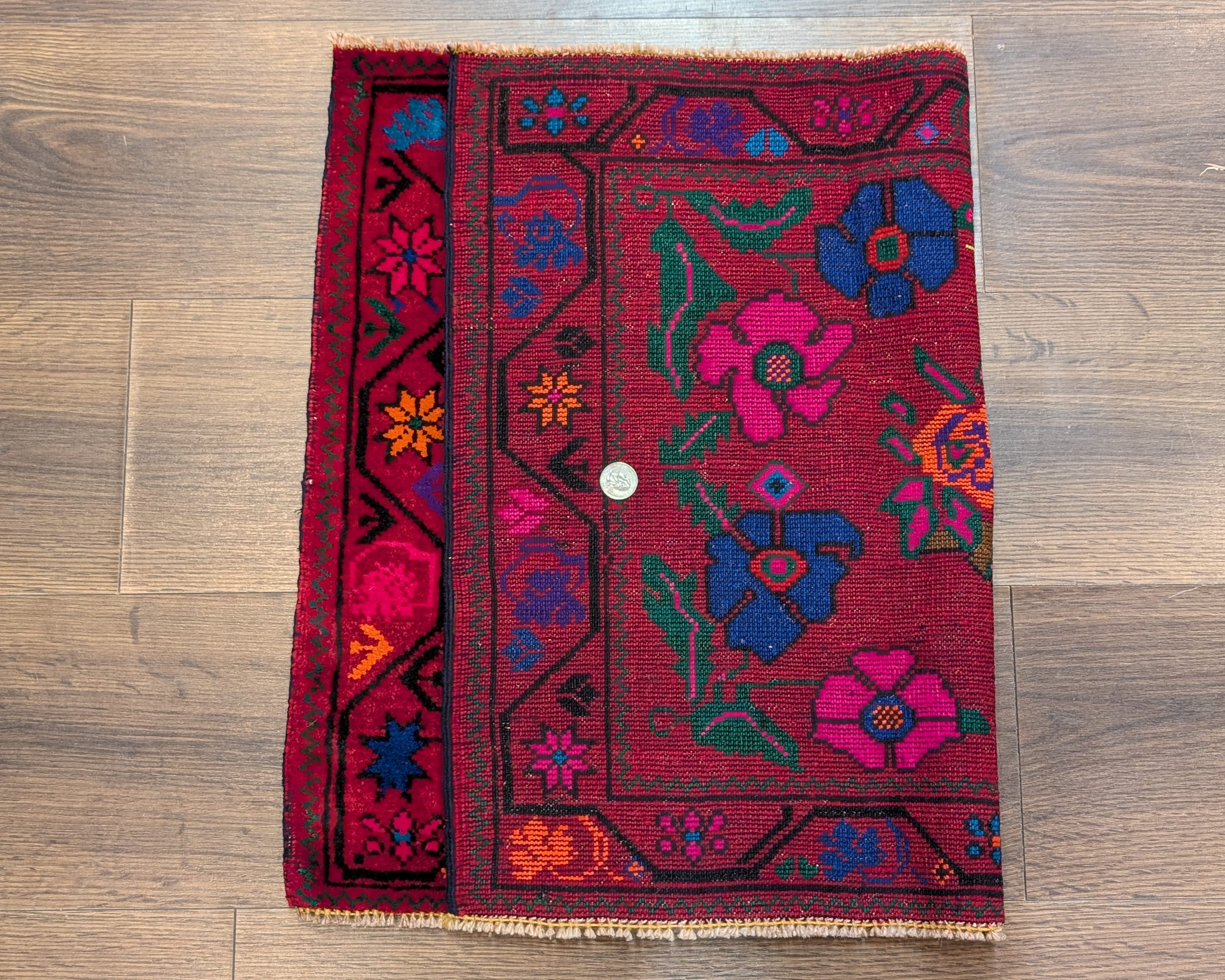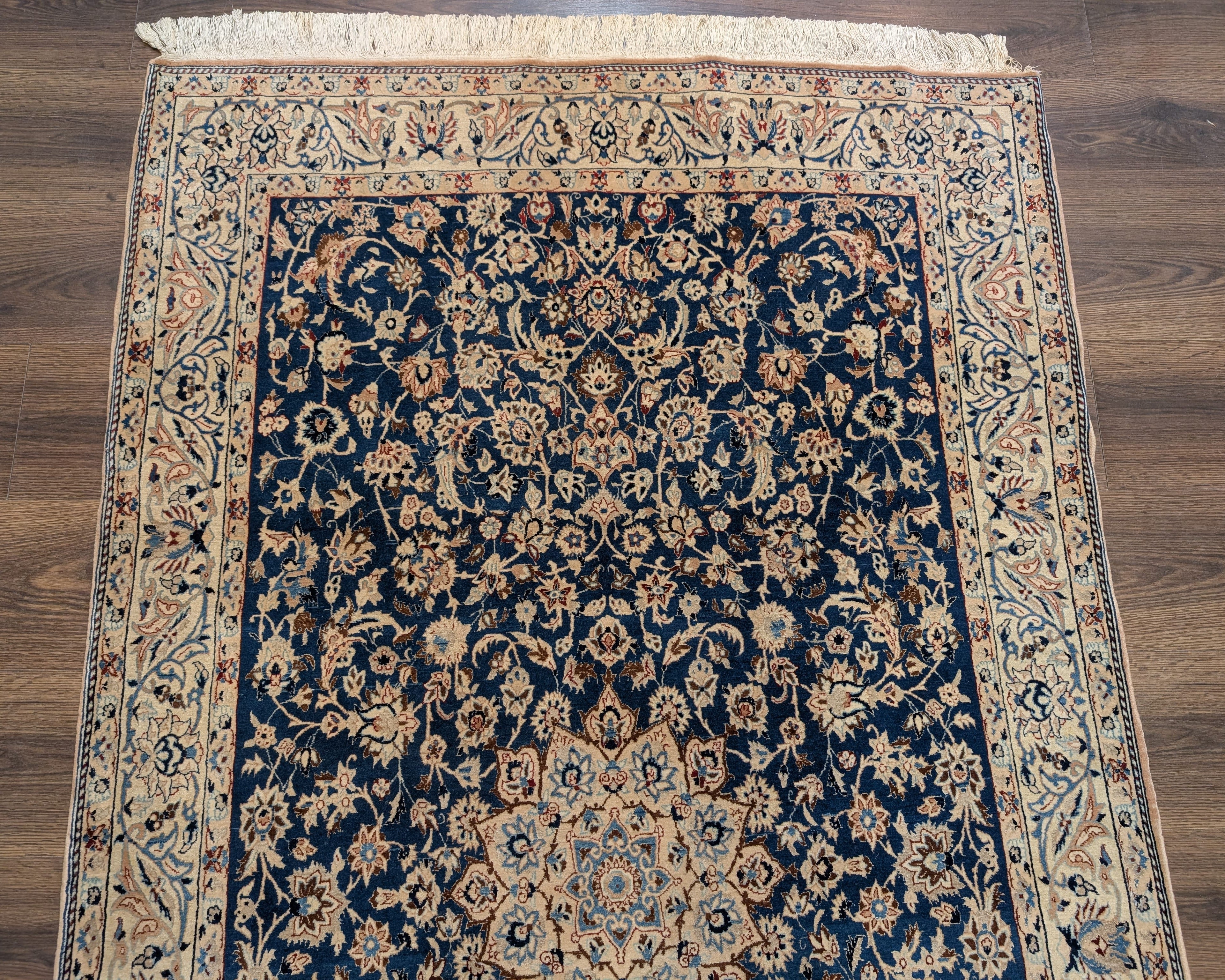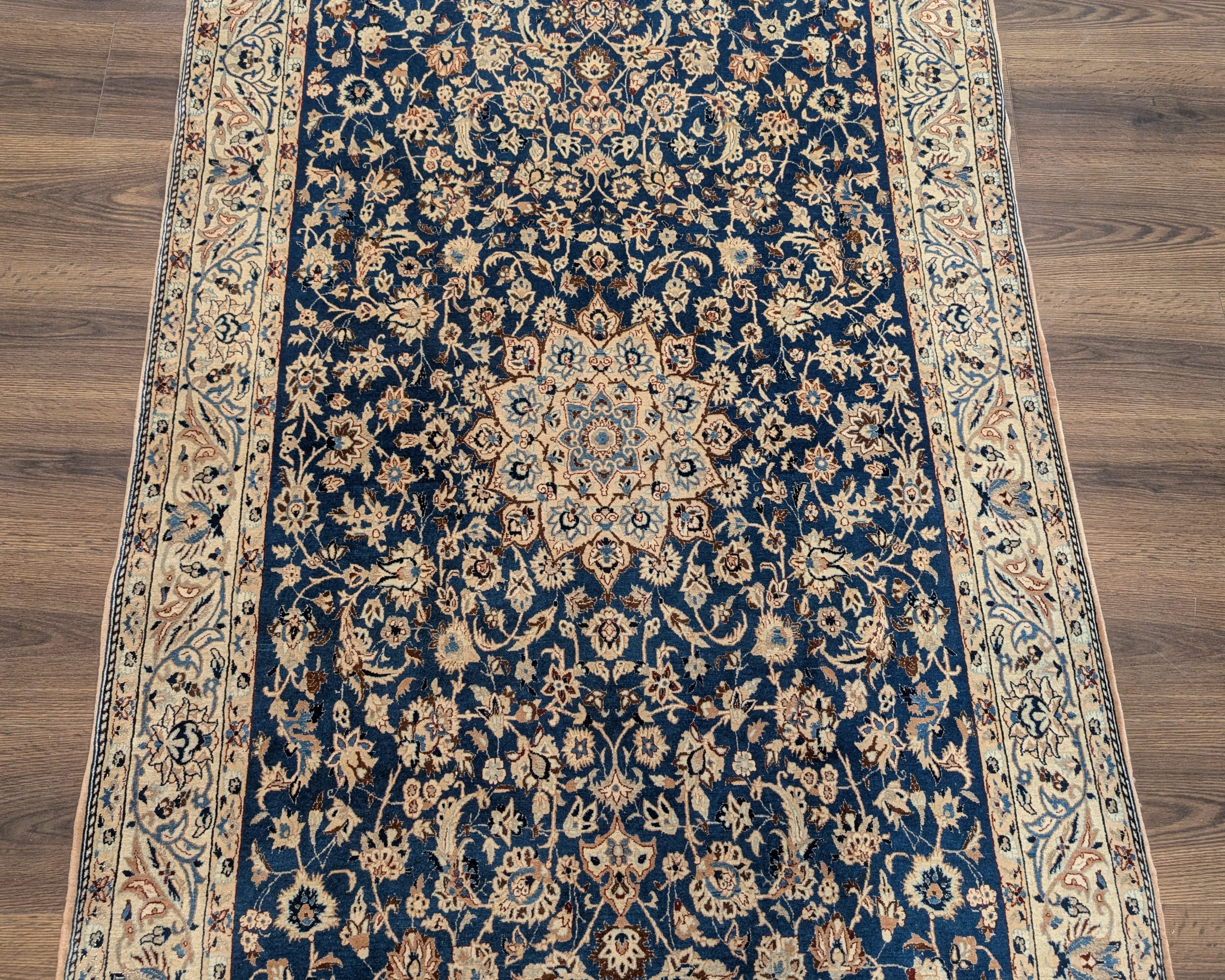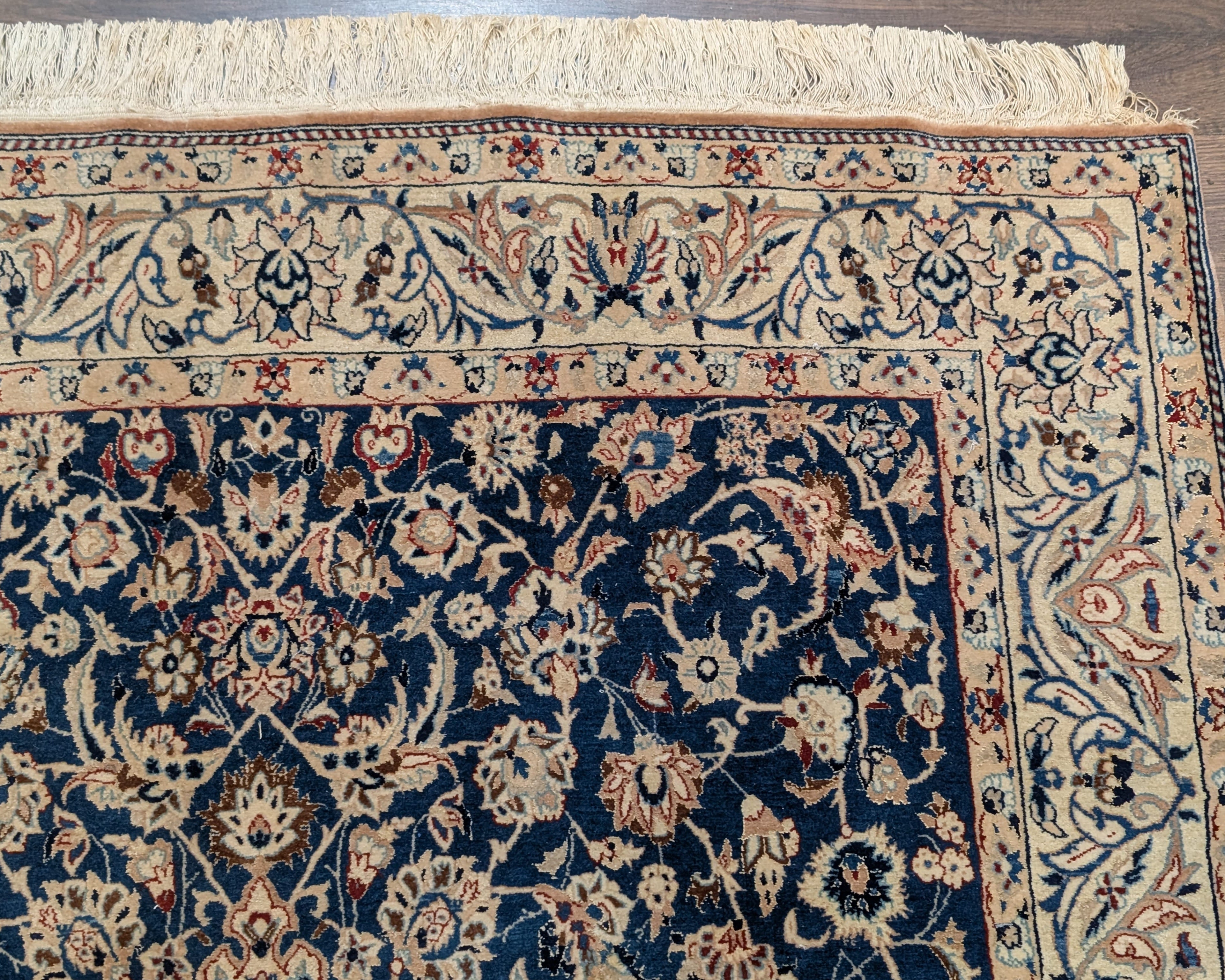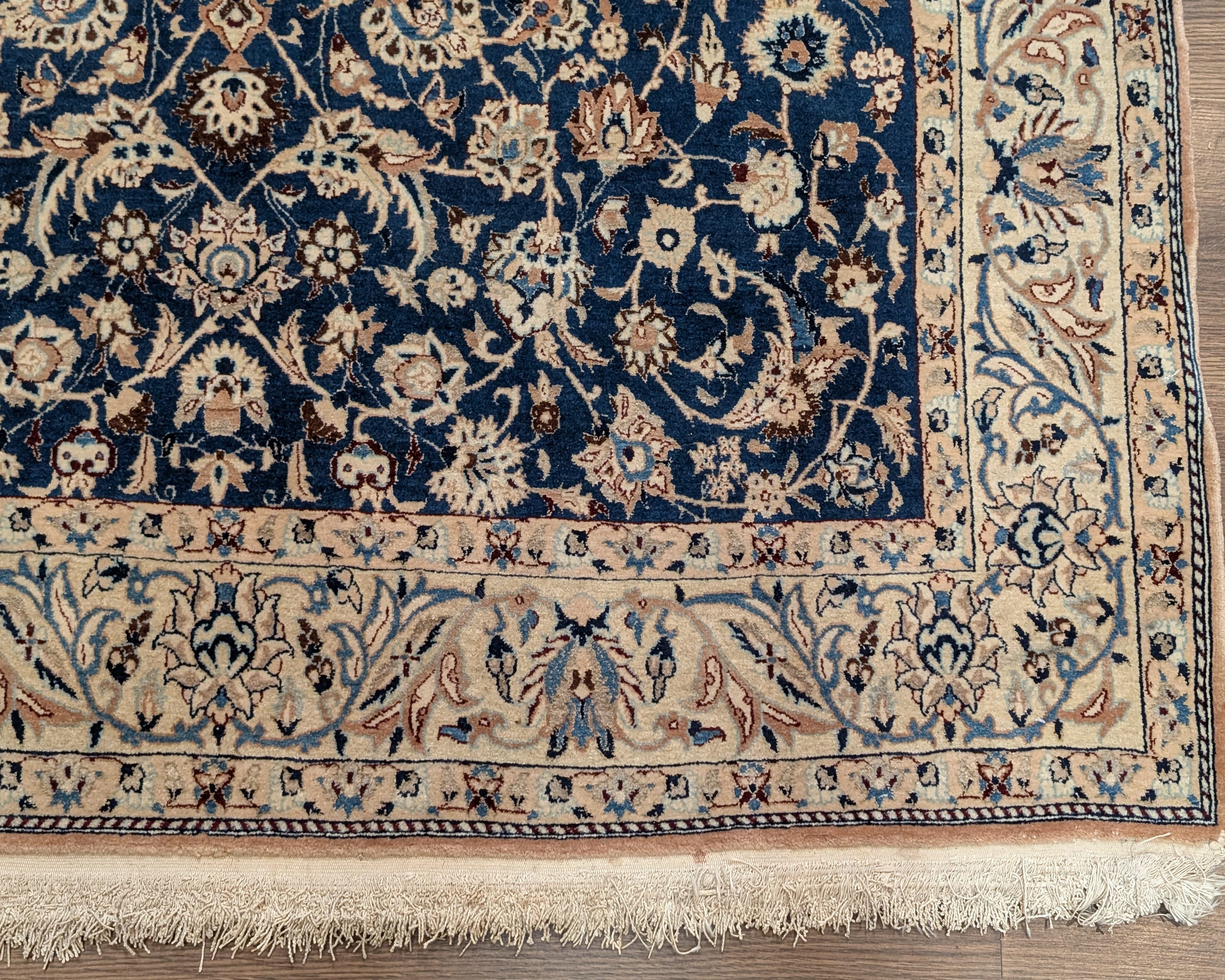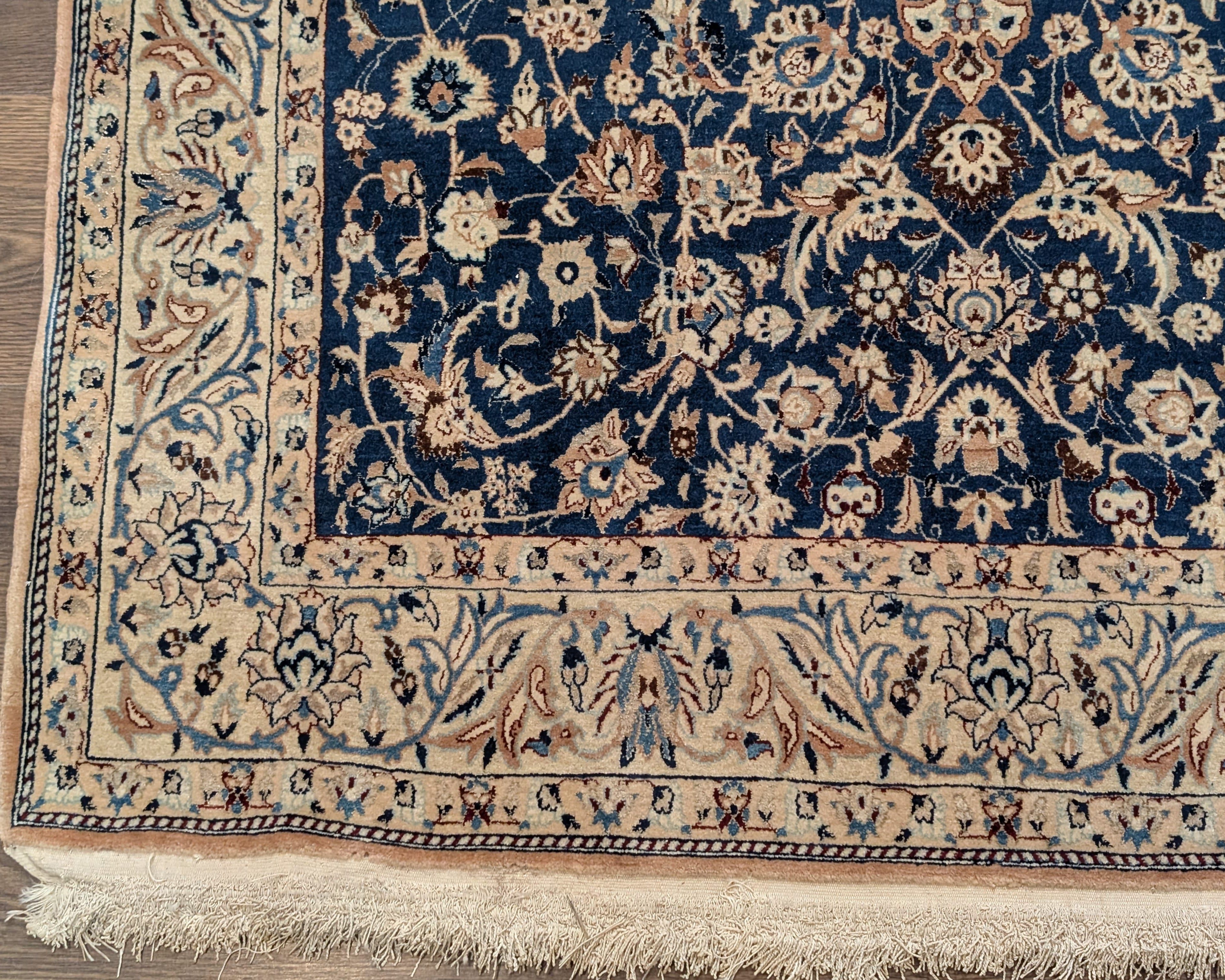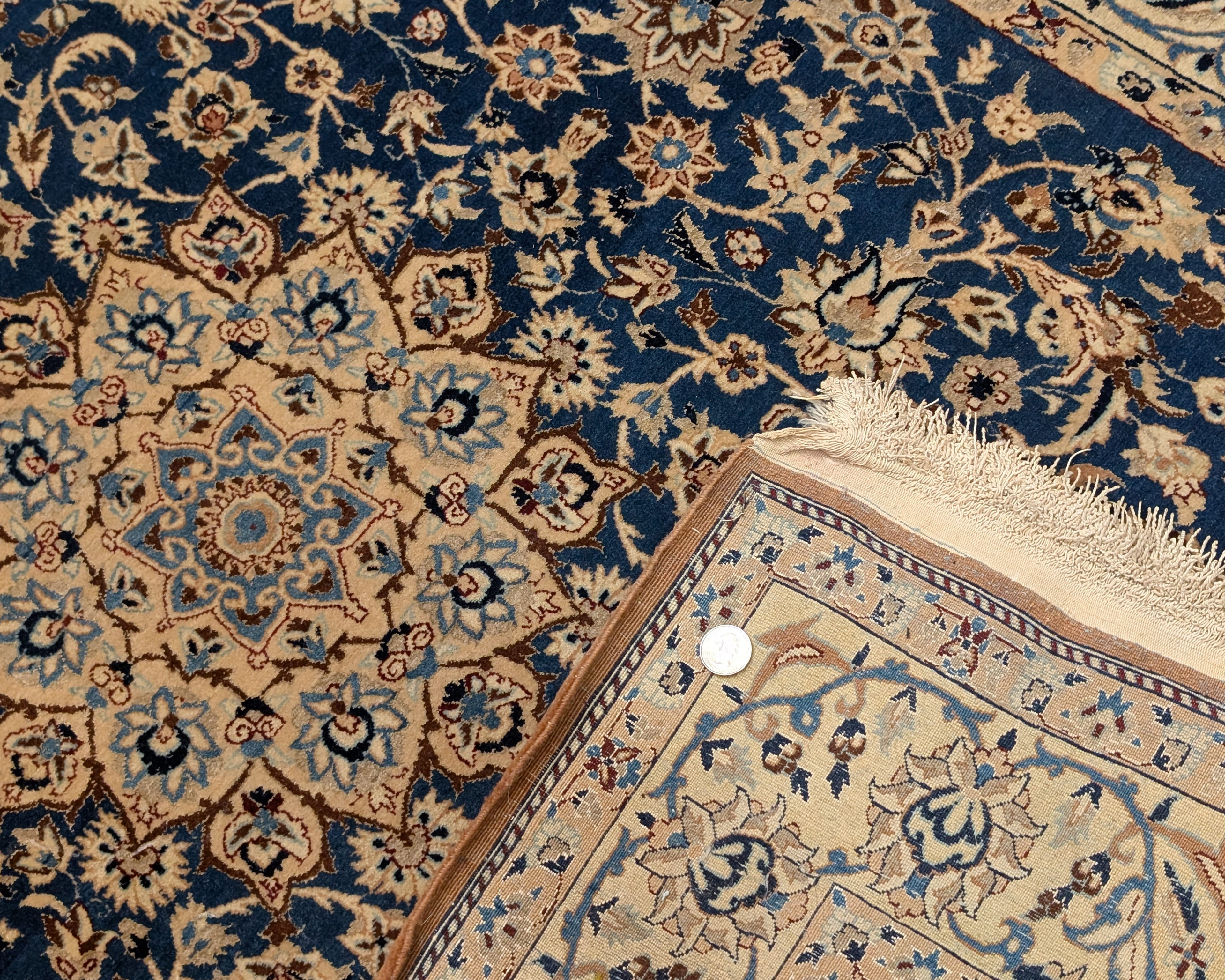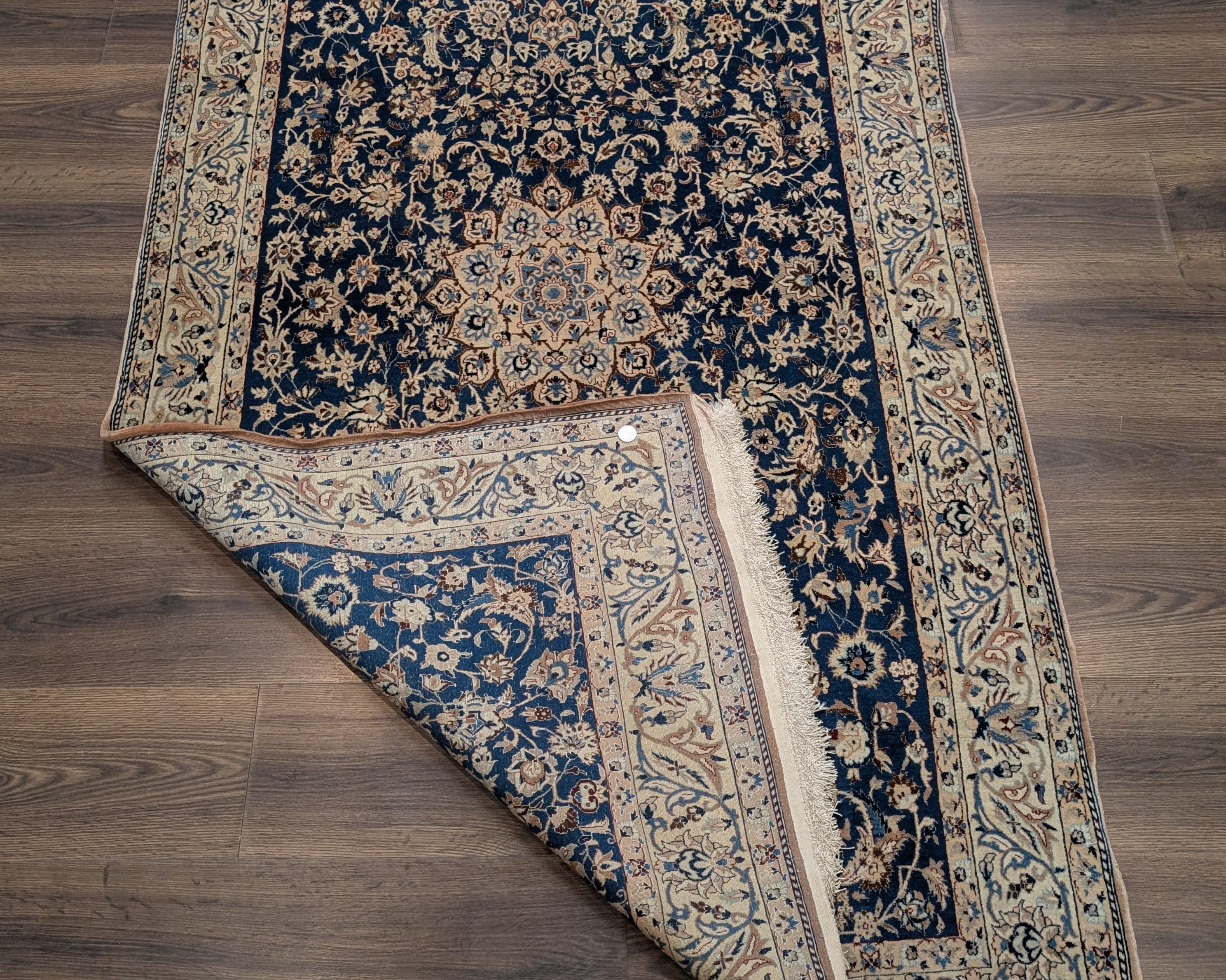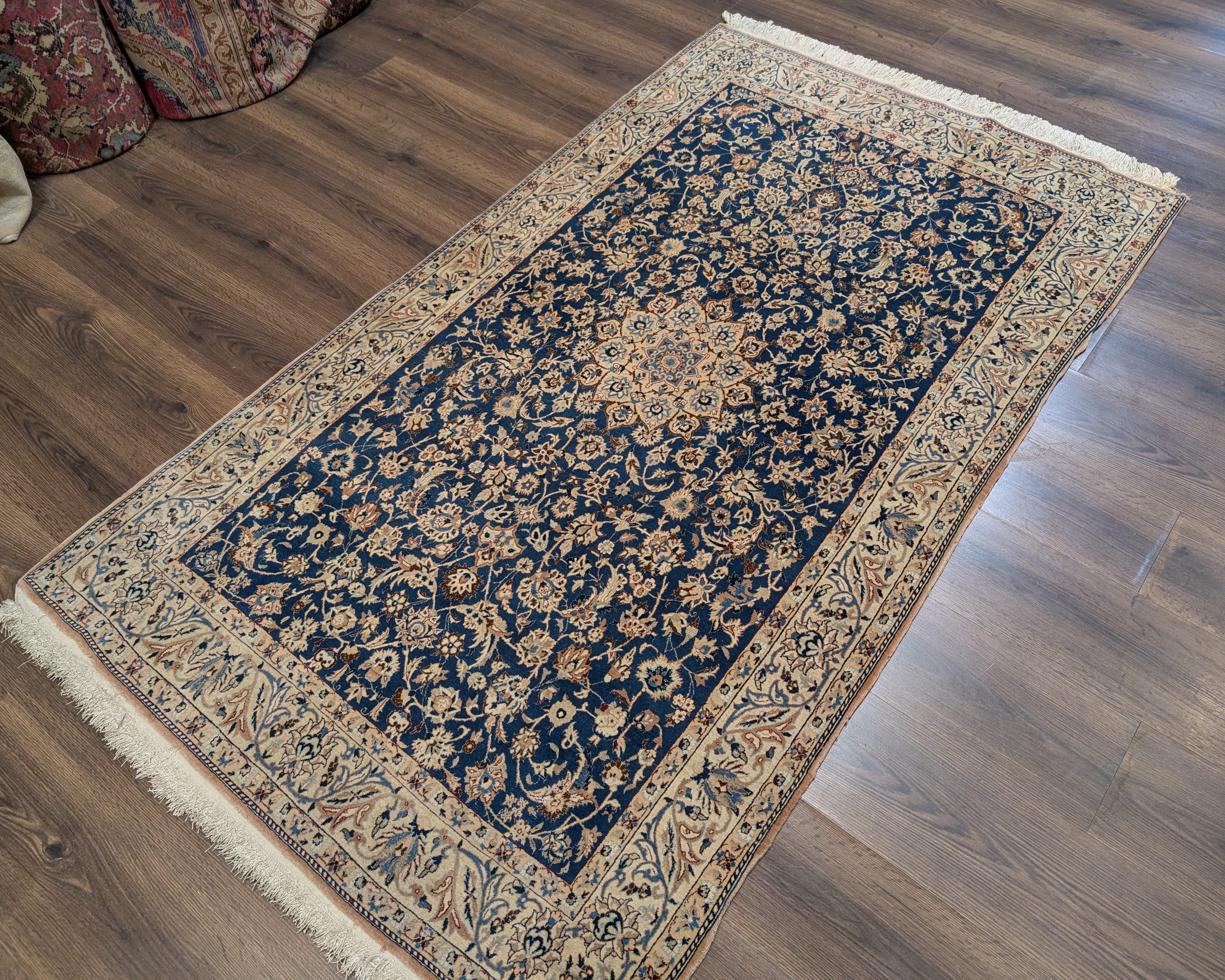Geographic Origins and The Rug Belt
Oriental rugs originate from a vast region known as "The Rug Belt," which spans across Morocco, North Africa, the Middle East, Central Asia, and Northern India, including countries such as China, Tibet, Turkey, Pakistan, and Russia. Each region within this belt has developed its own unique weaving techniques, designs, motifs, and color palettes, resulting in a diverse array of styles that reflect local cultures and traditions.
Defining Characteristics and Craftsmanship
An oriental rug is defined as any carpet hand-knotted in Asia, characterized by intricate patterns, high-quality materials, and traditional weaving methods. These rugs are unique as they're knotted or woven by hand, using premium materials like silk, cotton, and wool. The hand-knotting process creates distinctive characteristics such as abrash - slight color variations that occur when different dye batches are used, suggesting a single weaver crafted the entire piece.
Regional Variations and Styles
Oriental rugs include Persian rugs, Turkish rugs, Chinese rugs, Pakistani rugs, Arabian rugs, Kurdish rugs, Caucasian rugs, Moroccan rugs, and Turkmen rugs, with Persian rugs being the most famous and diverse type. Turkish rugs often display bold geometric patterns, while Chinese rugs may feature more pictorial designs. Persian rugs typically showcase intricate floral patterns with central medallions, reflecting the artistic influences of their specific regions.
Design Elements and Pattern Systems
Traditional oriental rug designs feature several common elements, including central medallions with symmetrical patterns occupying the center of the field, infinite repeat patterns where ornaments interweave continuously across the surface, and compartment layouts that divide the field into organized sections. These design systems have evolved over centuries, reflecting changing artistic influences and cultural trends while maintaining their essential character and symbolic meaning.
FAQ Section
What exactly qualifies as an Oriental rug?
According to traditional definitions, an Oriental rug is any handwoven or hand-knotted carpet made in countries of central or southern Asia. This includes rugs from Iran, Turkey, China, India, Pakistan, Russia, Tibet, and other regions within "The Rug Belt." The key distinguishing factor is that these rugs are crafted by hand using traditional techniques, rather than machine-made reproductions.
How do Oriental rugs differ from Persian rugs?
Persian rugs are actually a subcategory of Oriental rugs, specifically referring to carpets made in Iran (formerly Persia). While all Persian rugs are Oriental rugs, not all Oriental rugs are Persian. Persian rugs are known for their intricate floral patterns, central medallions, and use of high-quality materials like "kork" wool, while other Oriental rugs from Turkey, China, or Central Asia have their own distinctive characteristics.
What are the main regional styles within Oriental rugs?
The major regional styles include Persian rugs with their intricate floral patterns and medallions, Turkish rugs known for bold geometric designs and double-knotting techniques, Chinese rugs featuring pictorial and symbolic motifs, Caucasian rugs with distinctive tribal patterns, and Turkmen rugs characterized by repetitive gul medallions. Each region's style reflects its unique cultural heritage and artistic traditions.
What materials are traditionally used in authentic Oriental rugs?
Authentic Oriental rugs are crafted from high-quality natural materials including wool, silk, and cotton. The foundation (warp and weft) is typically cotton for durability, while the pile is usually wool for everyday rugs or silk for luxury pieces. Persian rugs often use a special type of wool called "kork" from the shoulder and flanks of lambs, prized for its softness and luster.
How can I identify the quality and authenticity of an Oriental rug?
Look for hand-knotting irregularities that indicate authentic craftsmanship, natural color variations (abrash) from traditional dyeing methods, and construction details like the back showing clear pattern definition. Authentic pieces will have slight asymmetries and variations that machine-made rugs lack. The quality can be assessed through knot density, clarity of patterns, material quality, and overall construction integrity.

